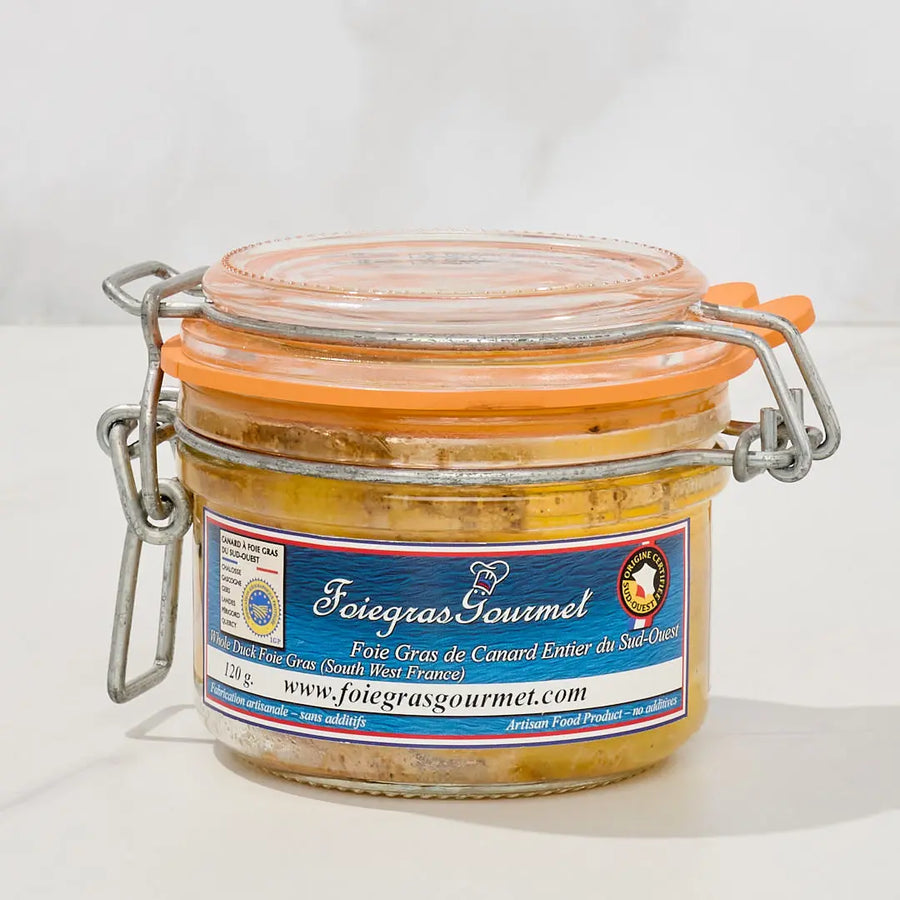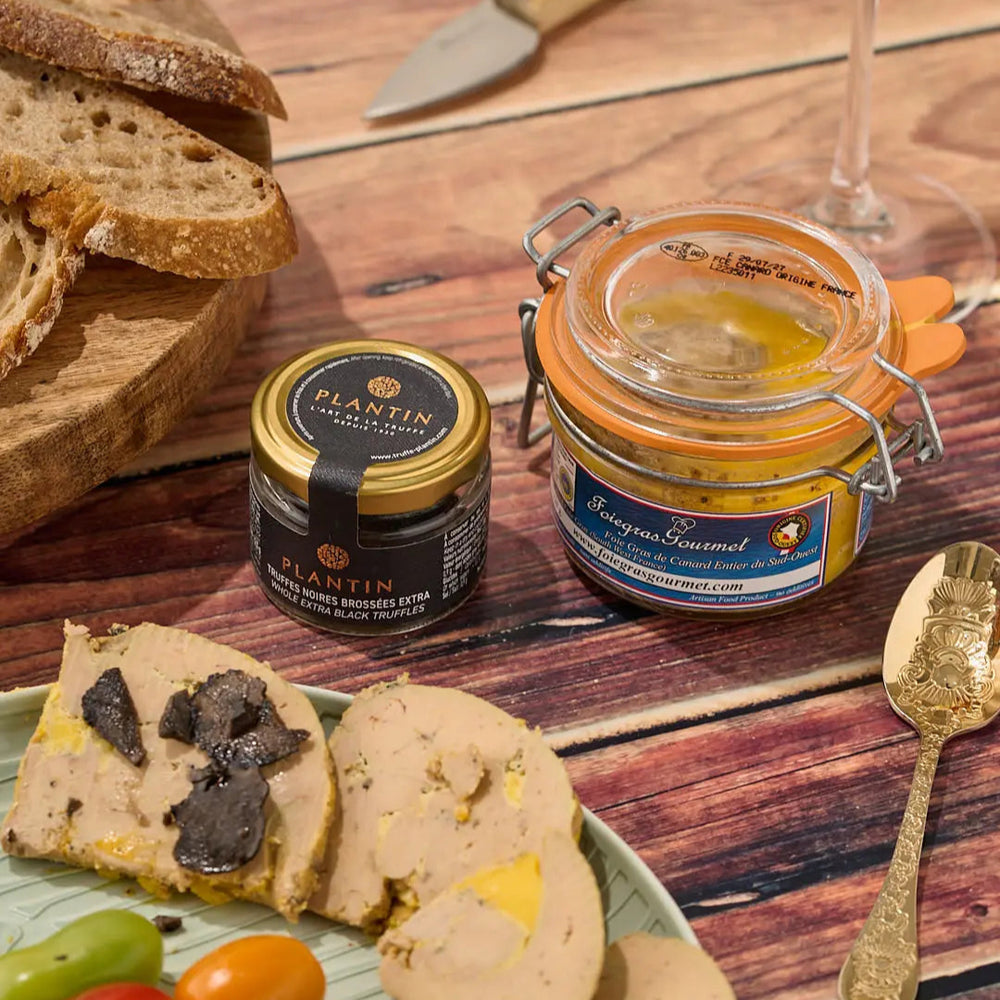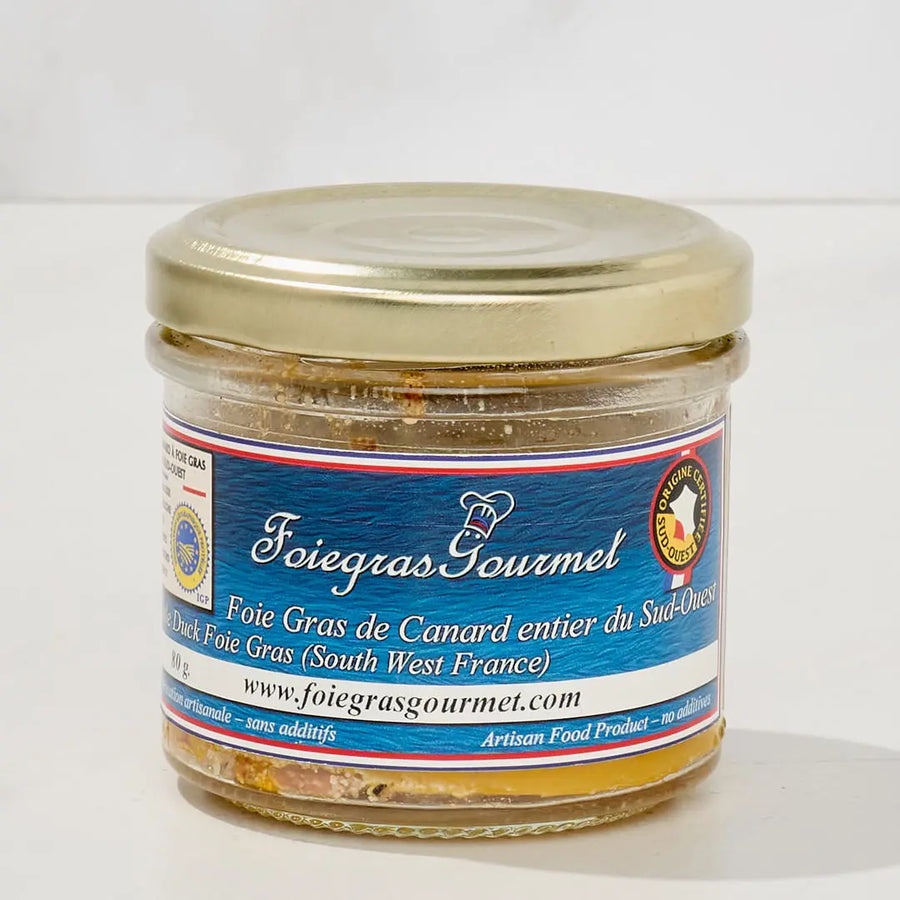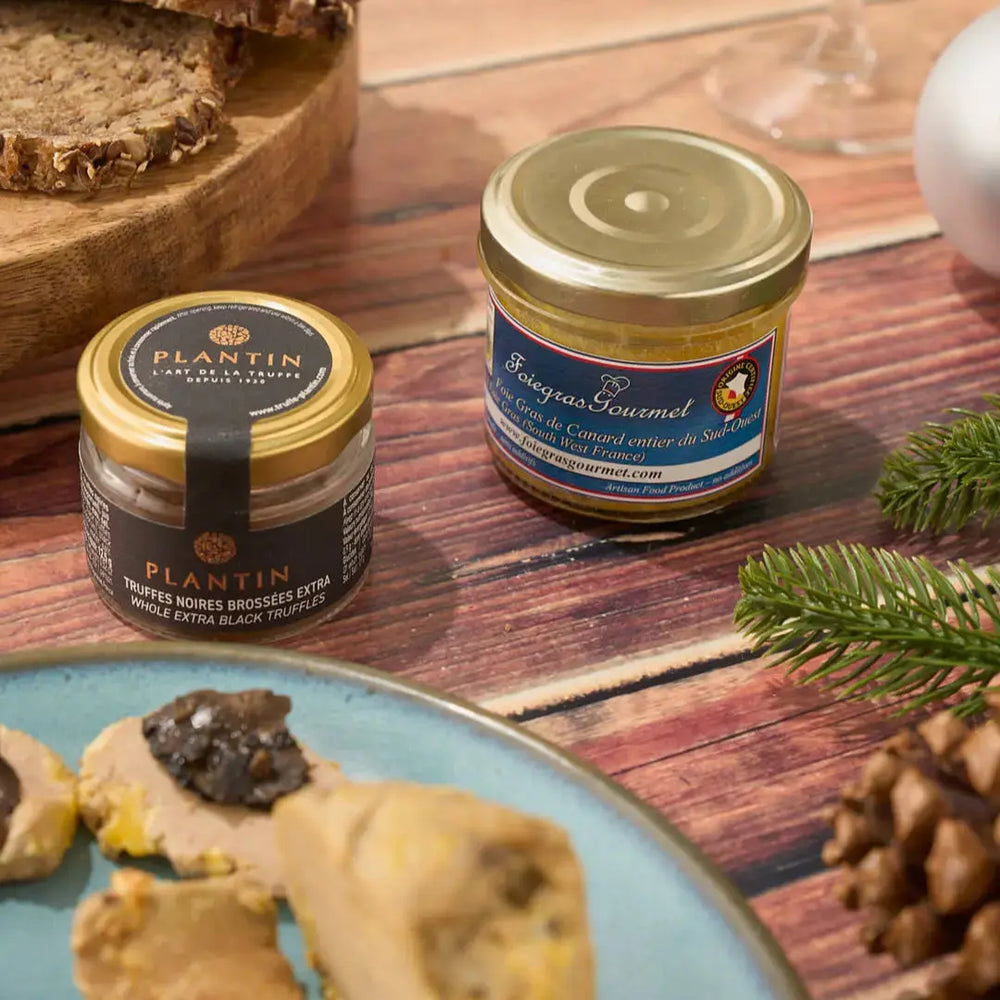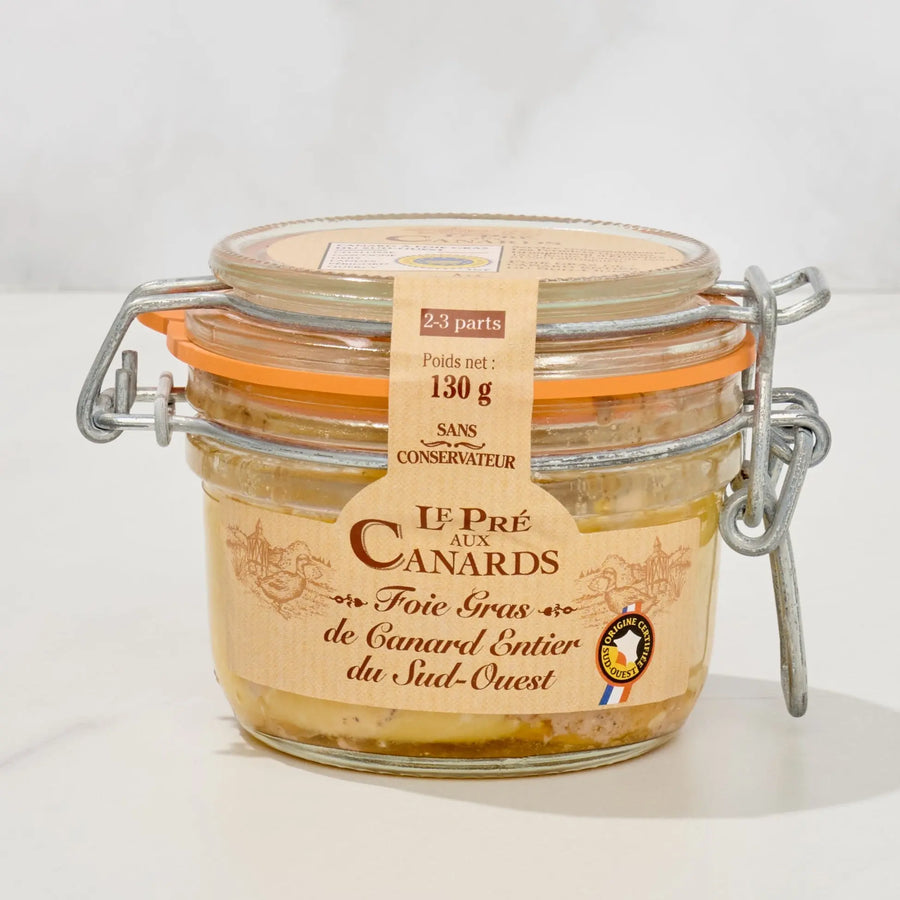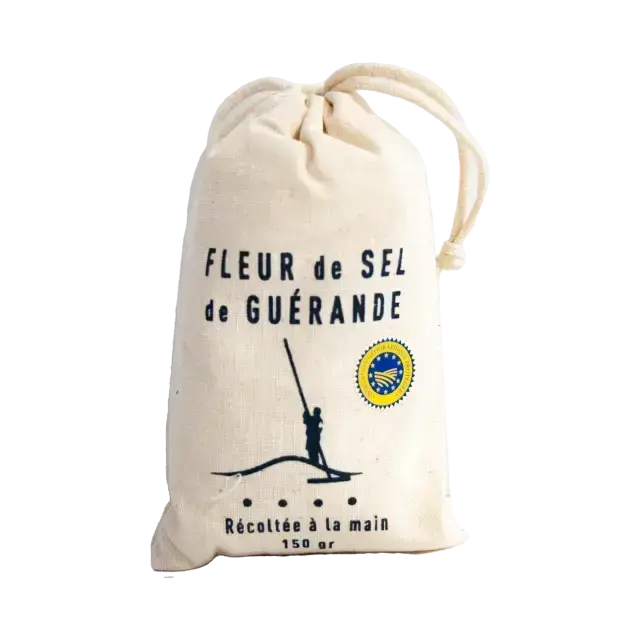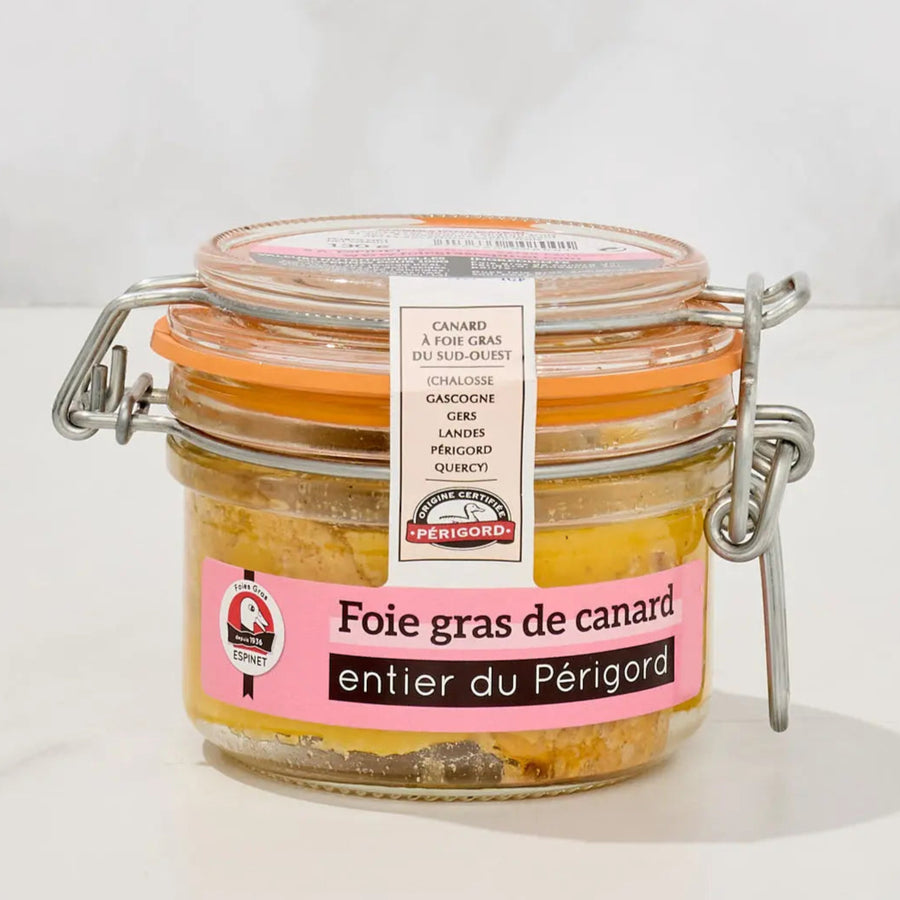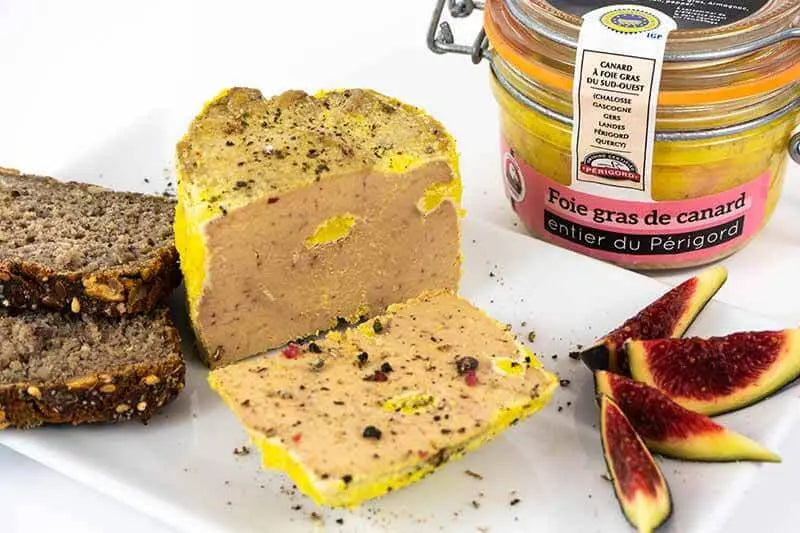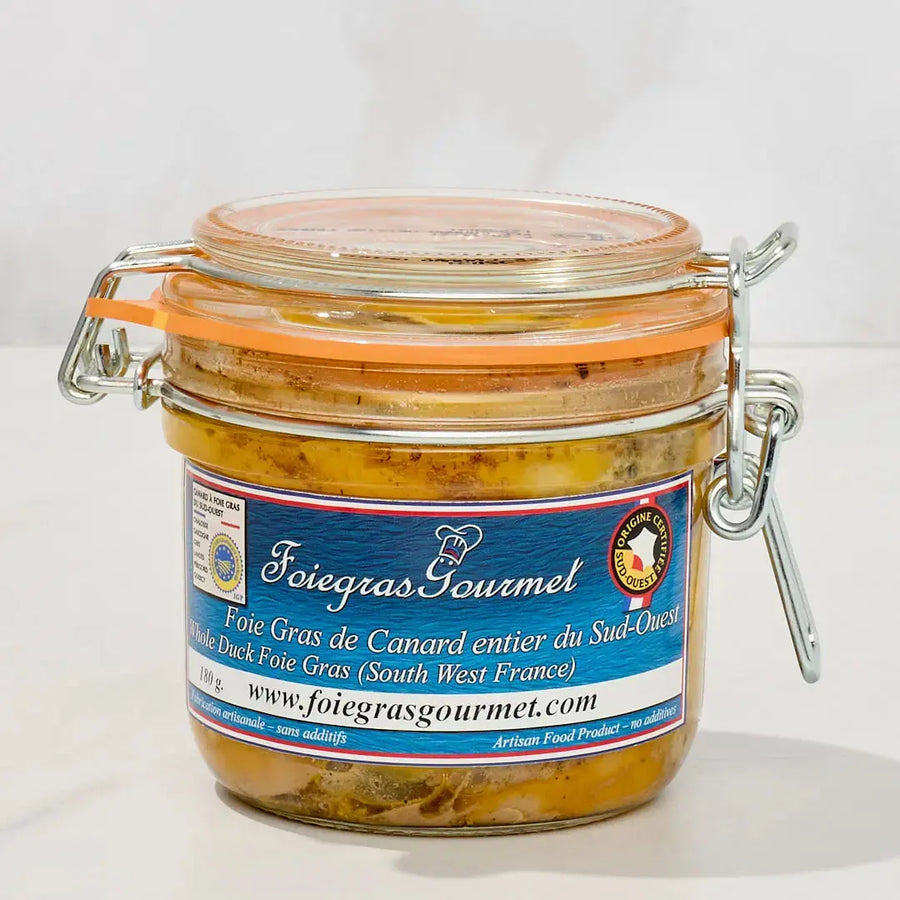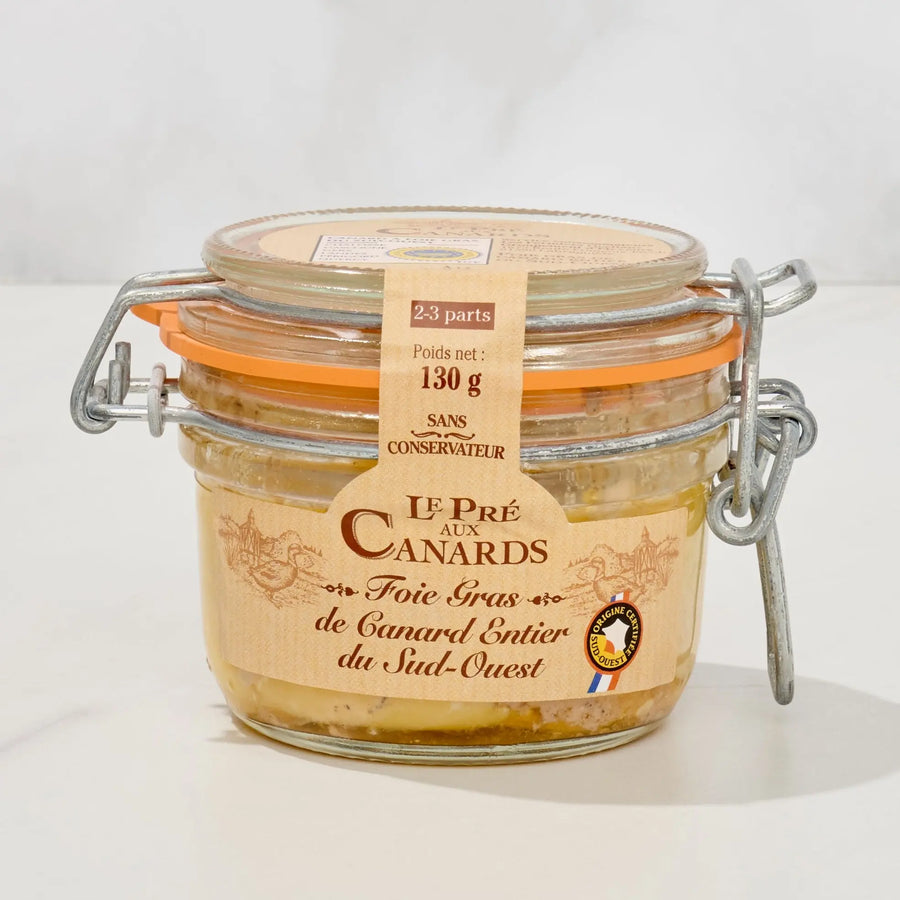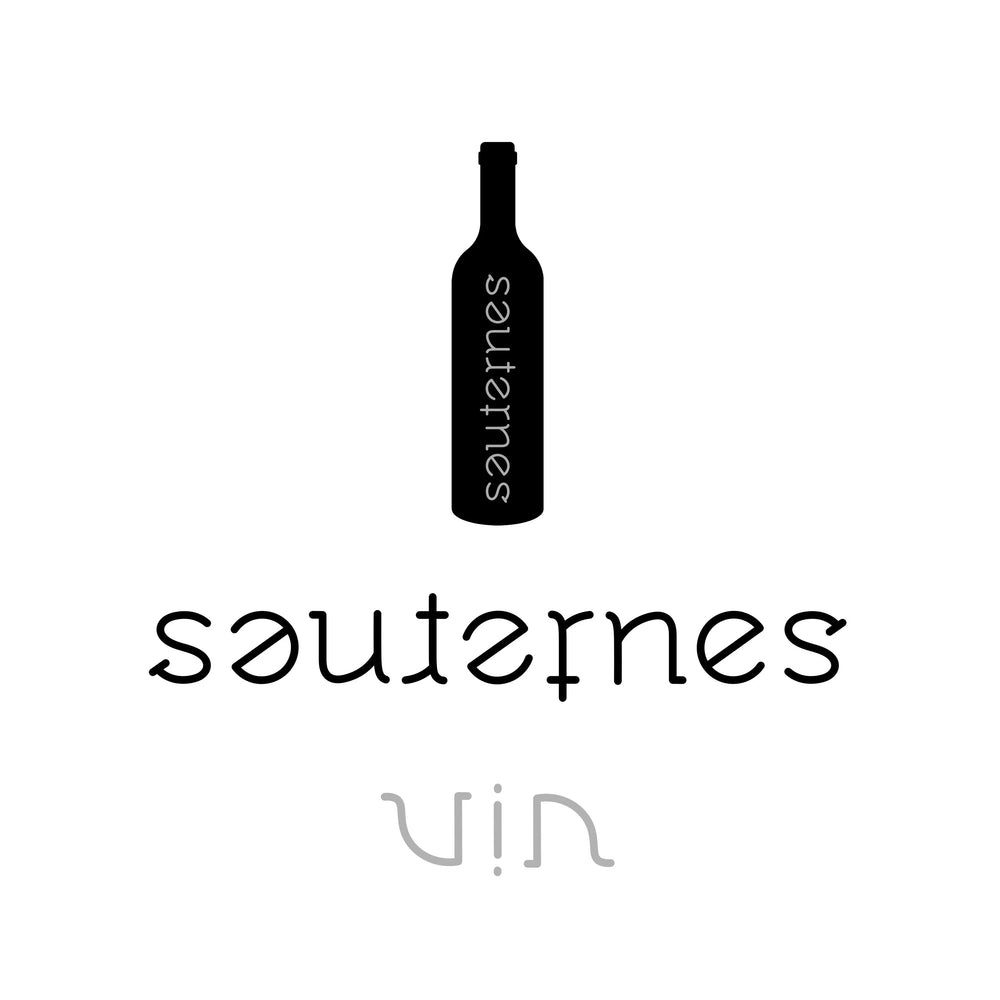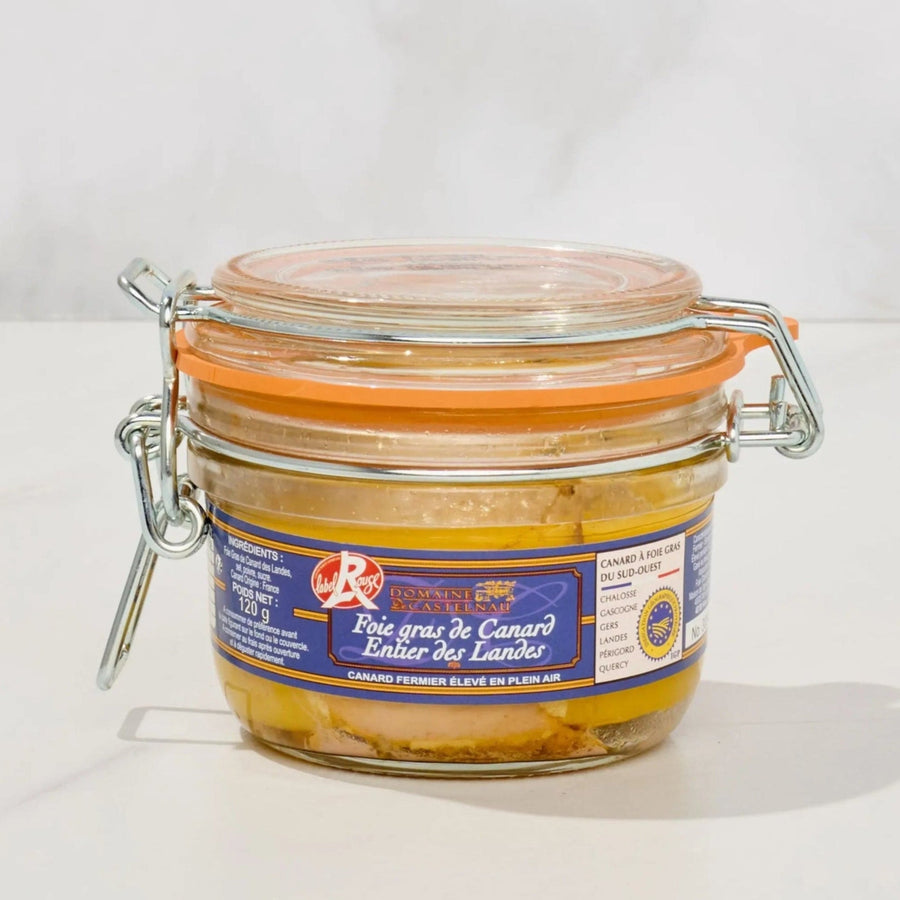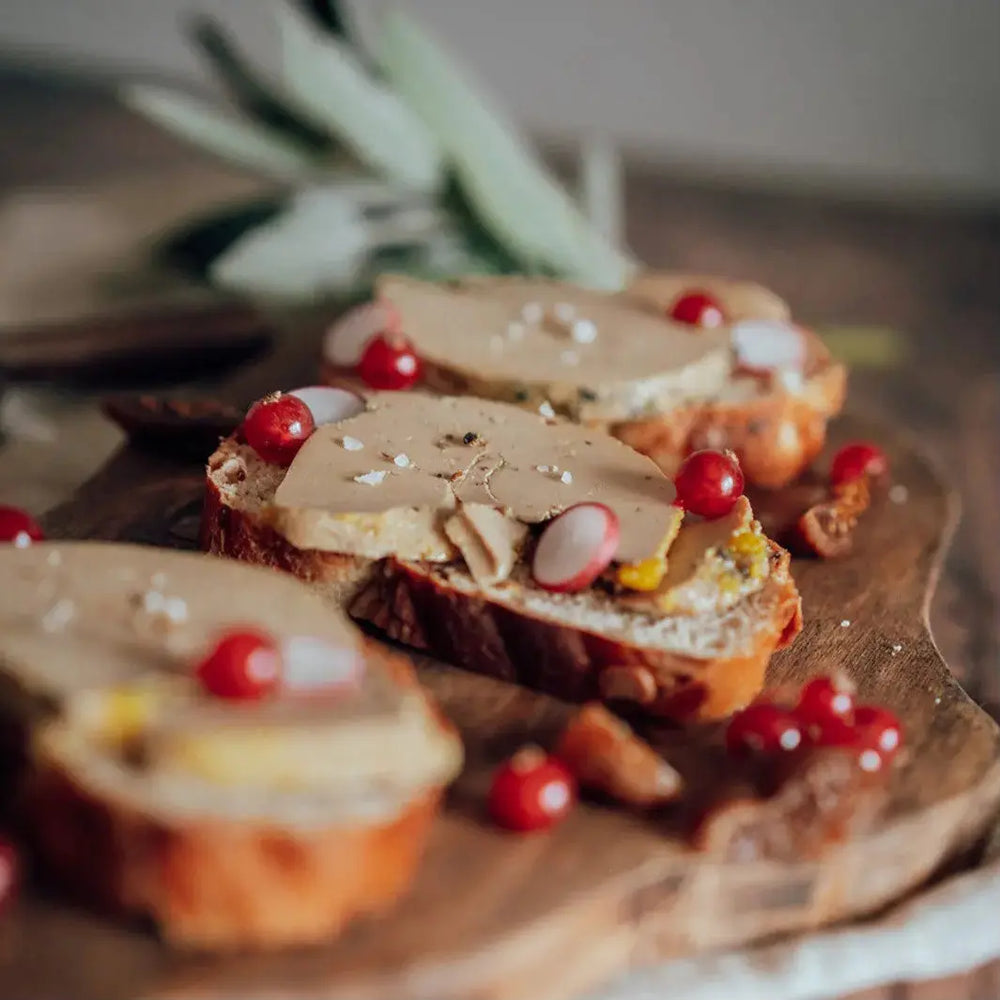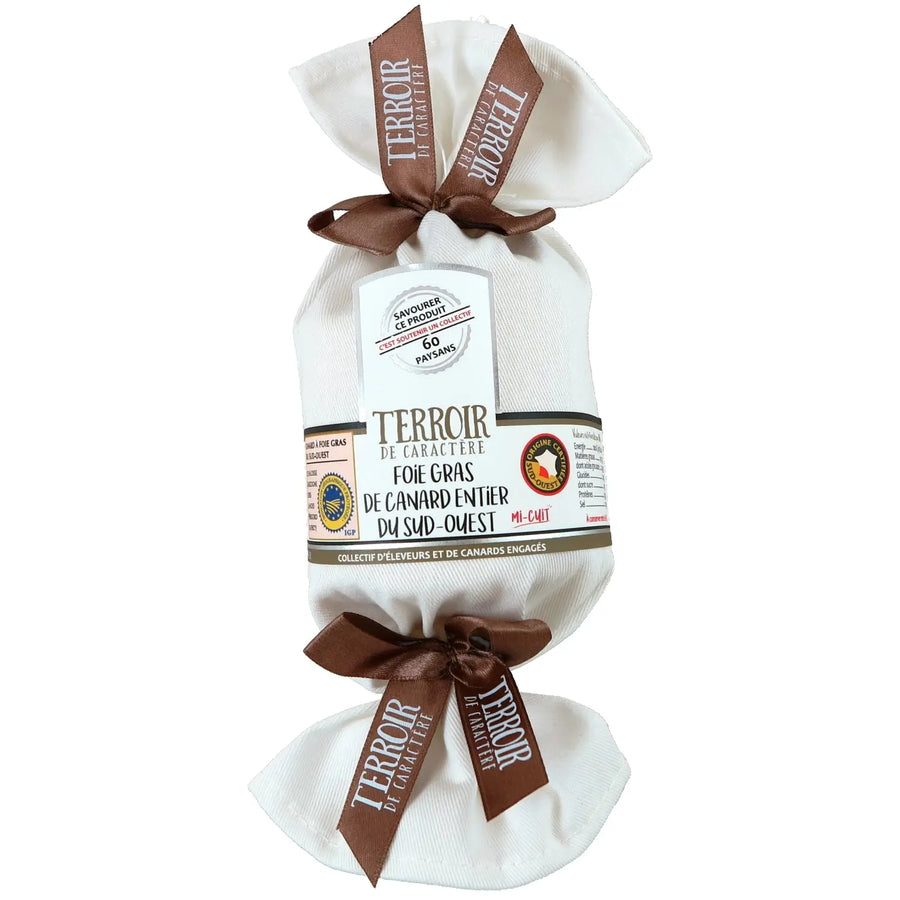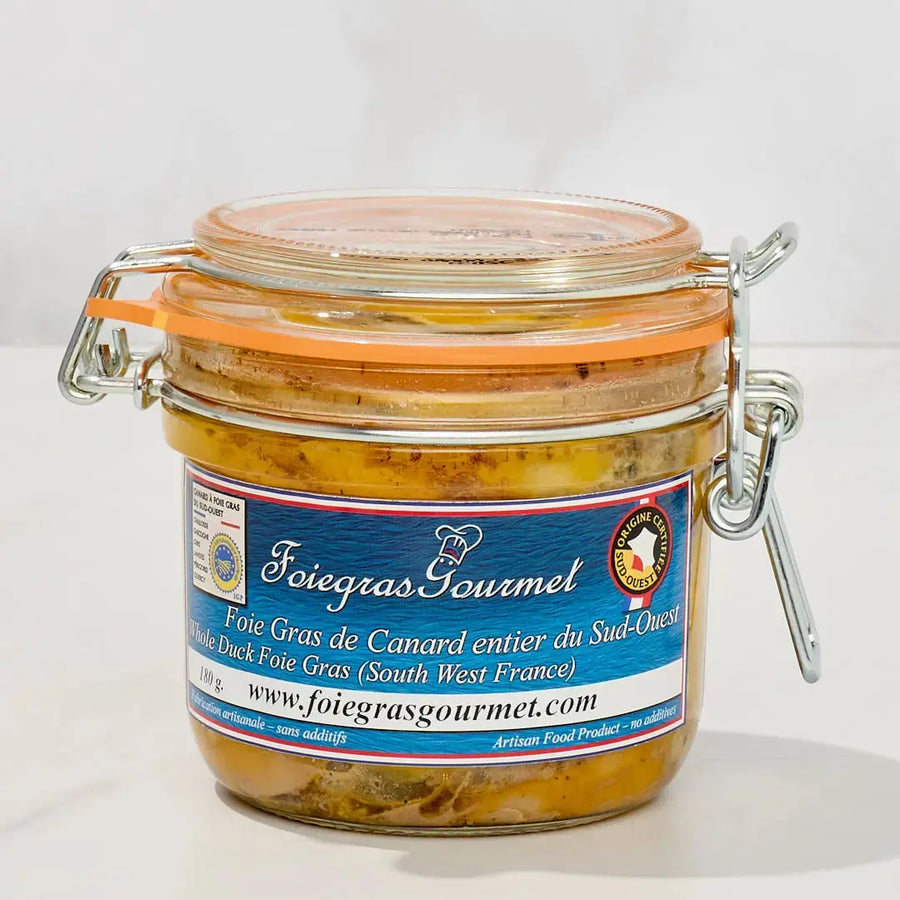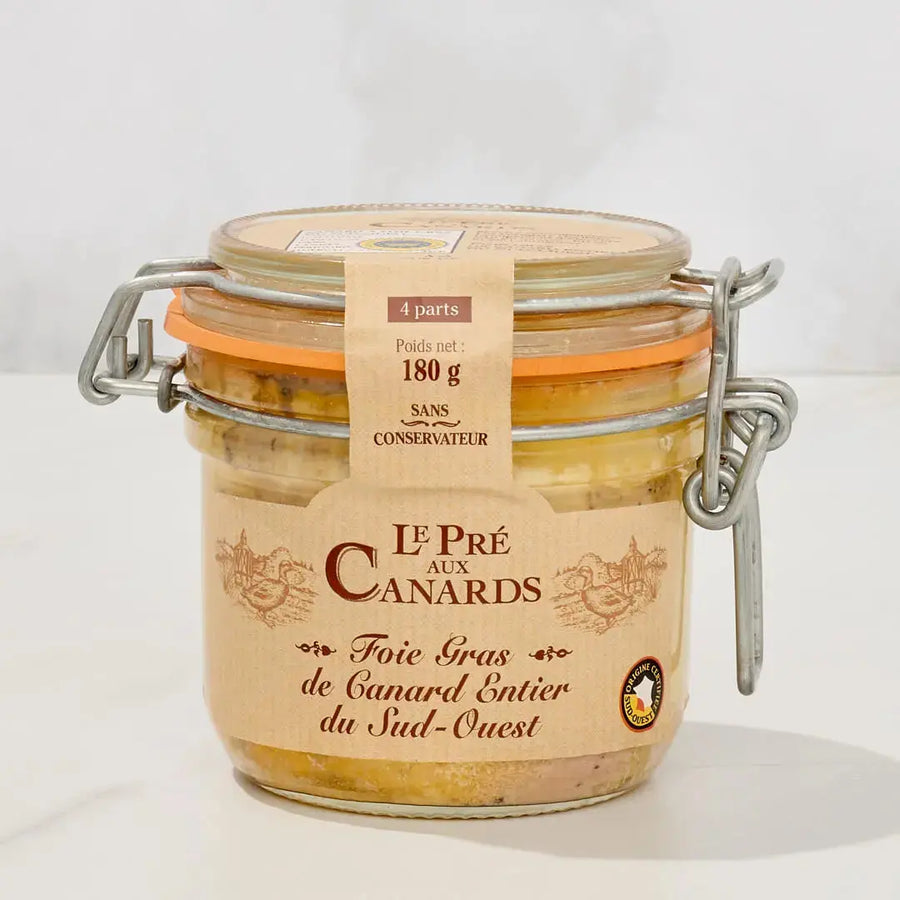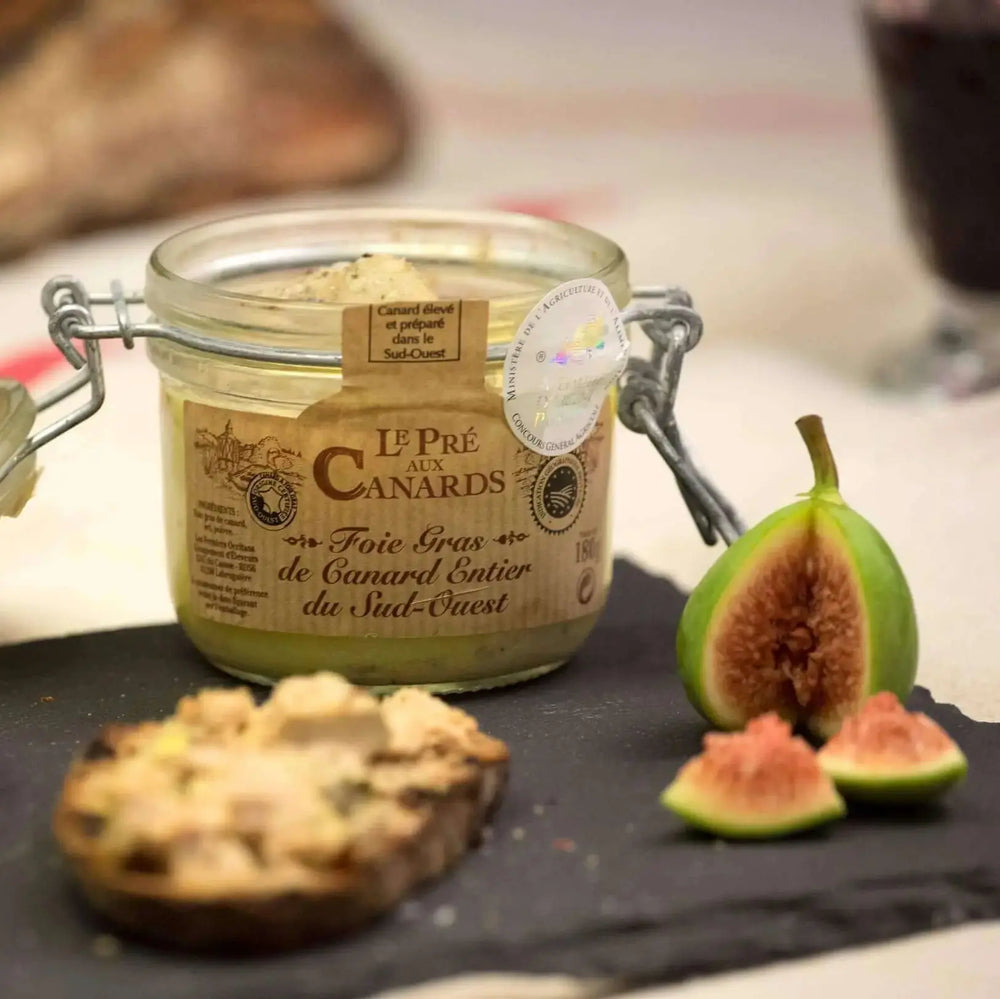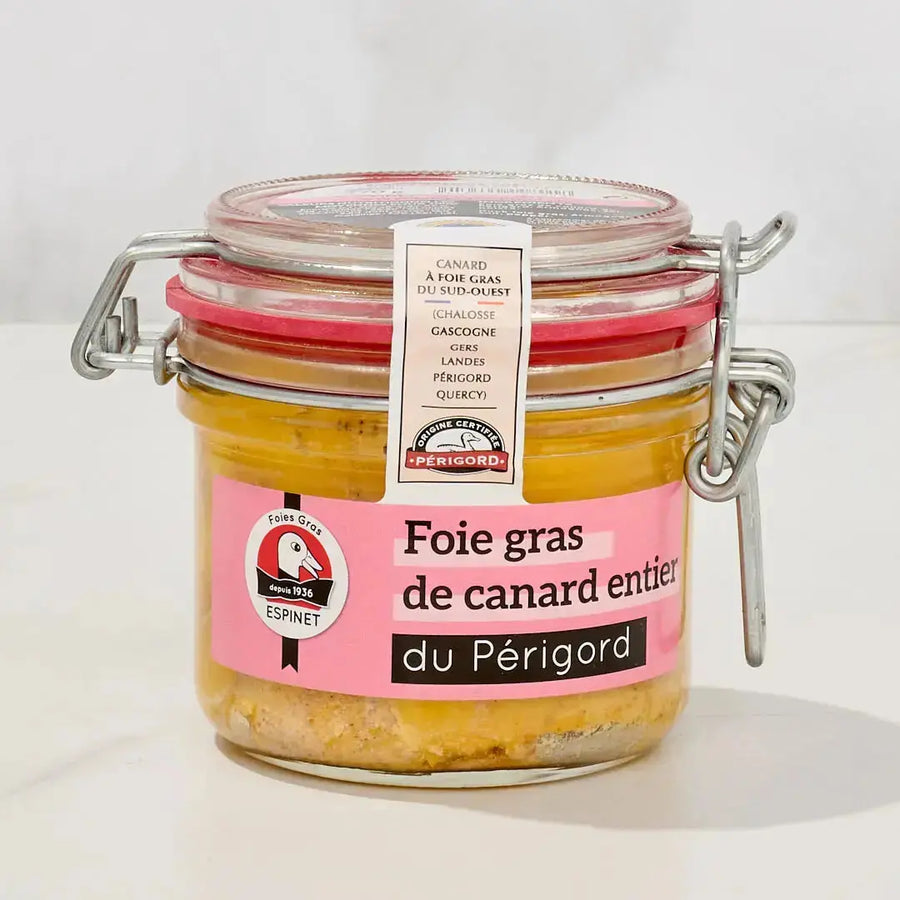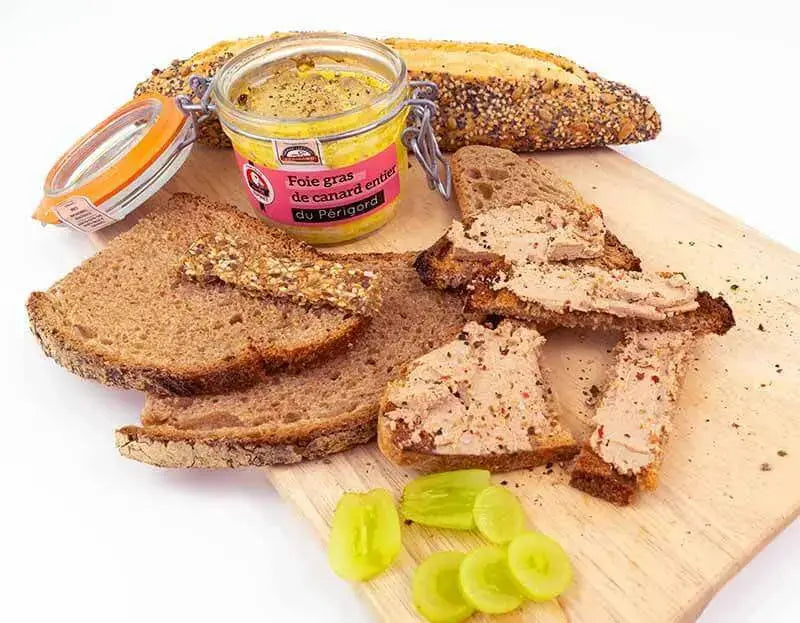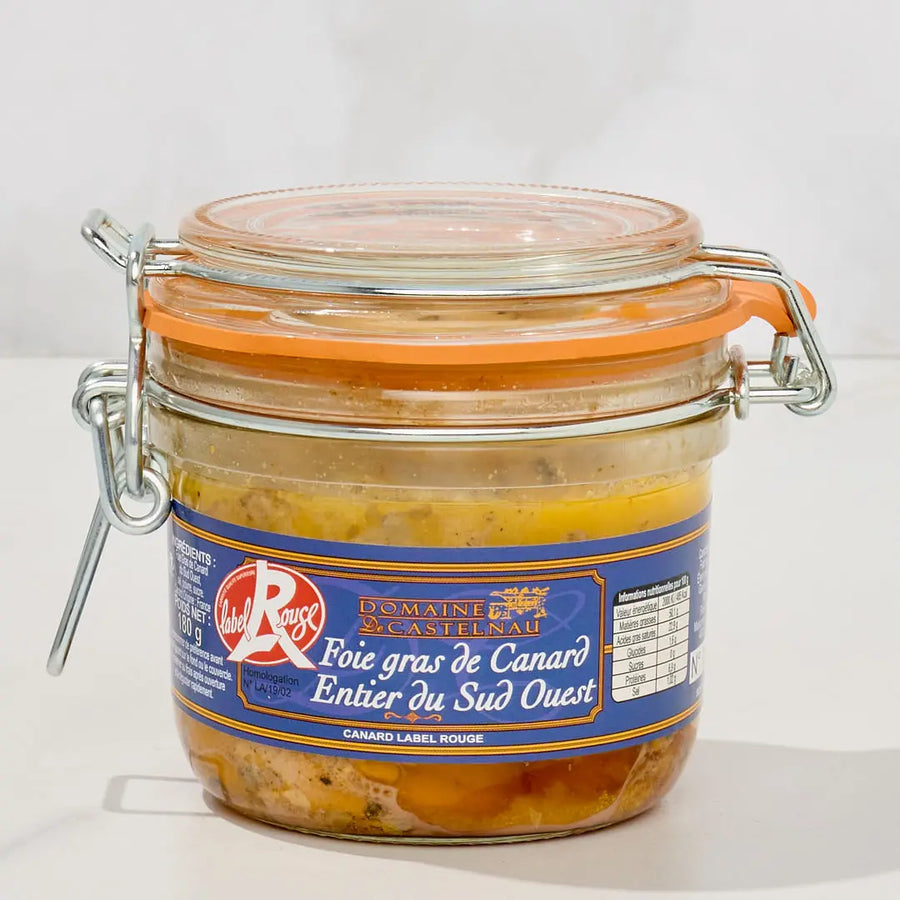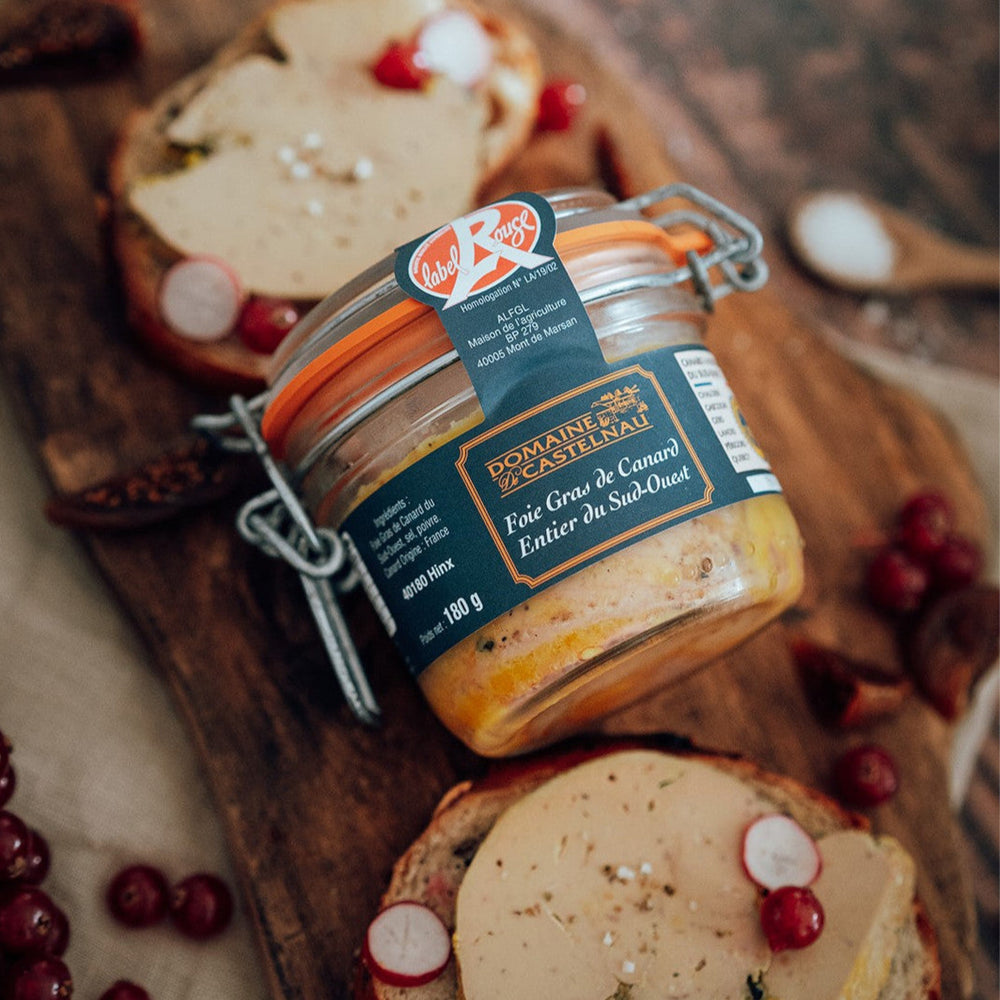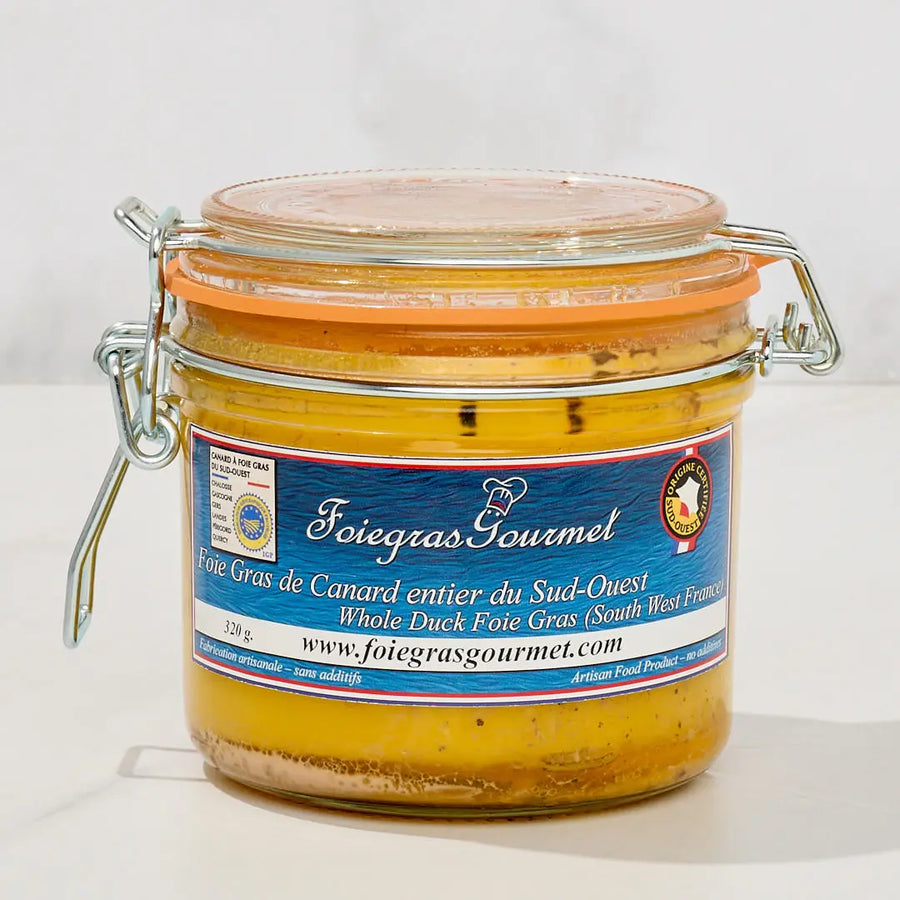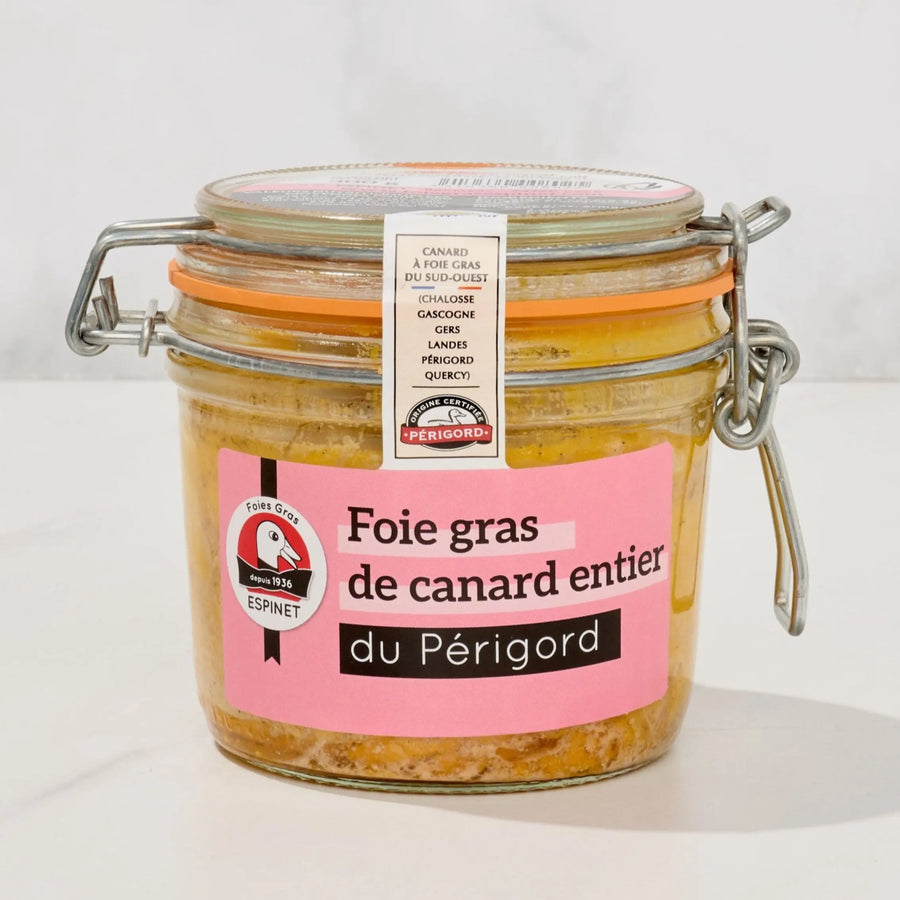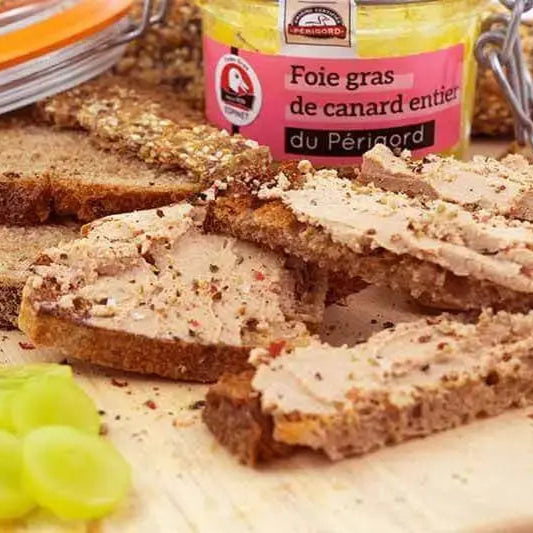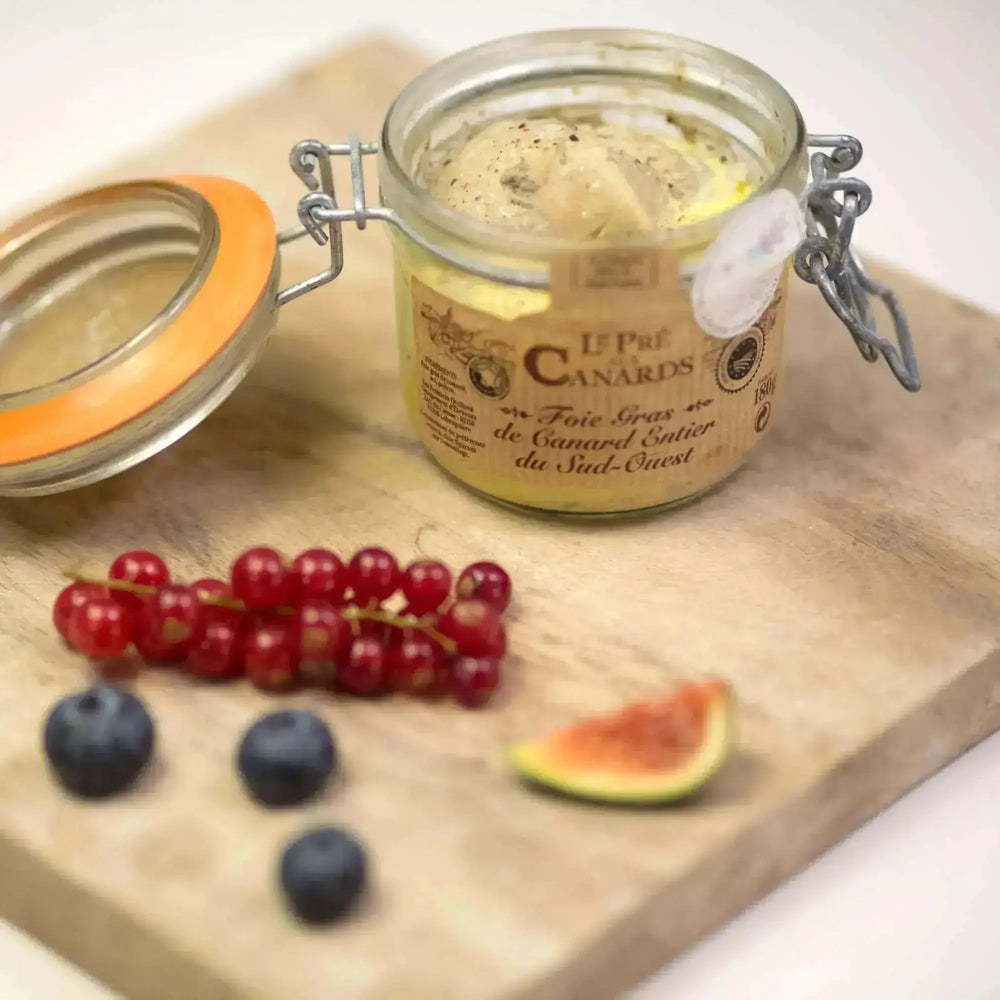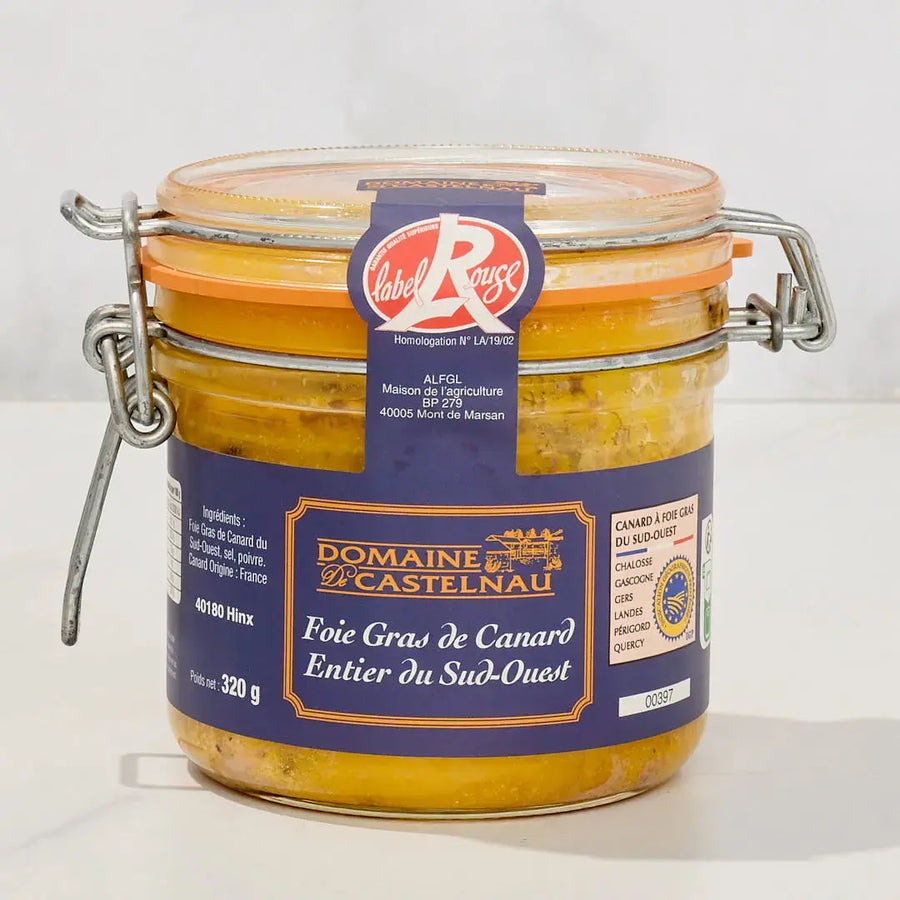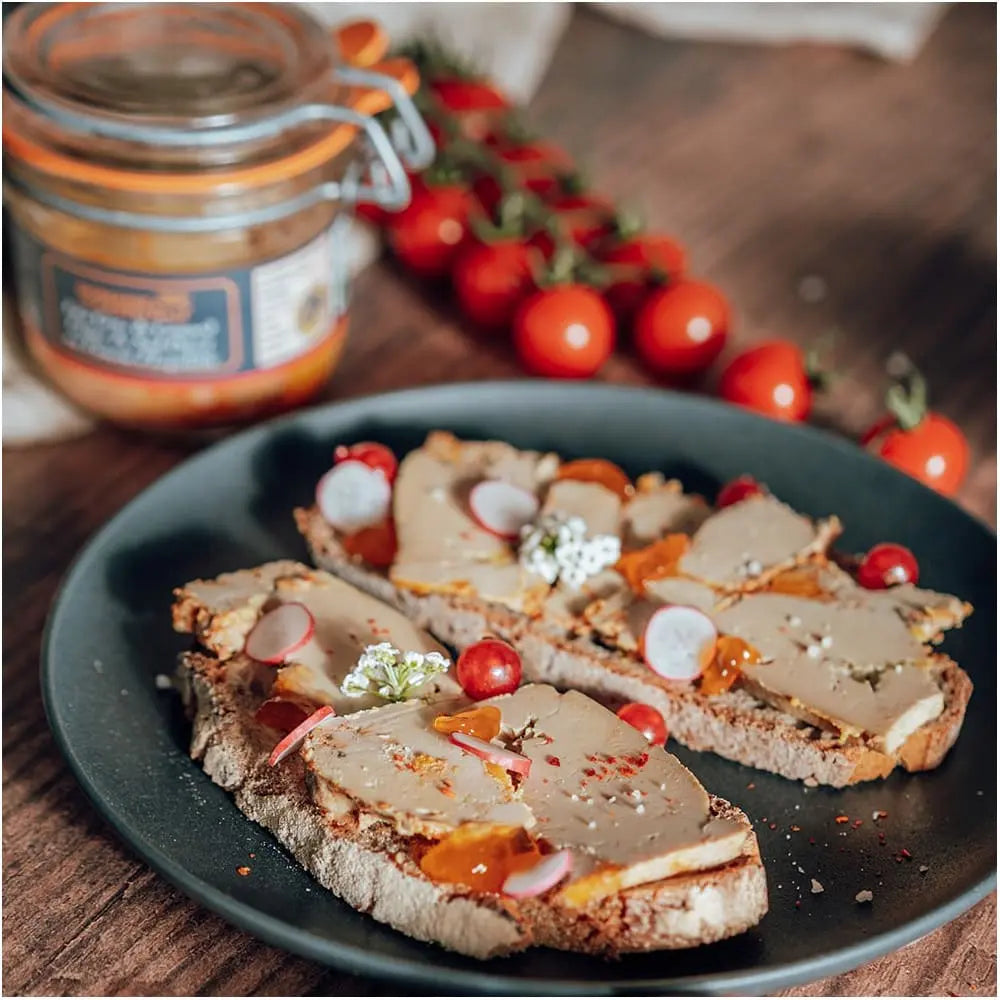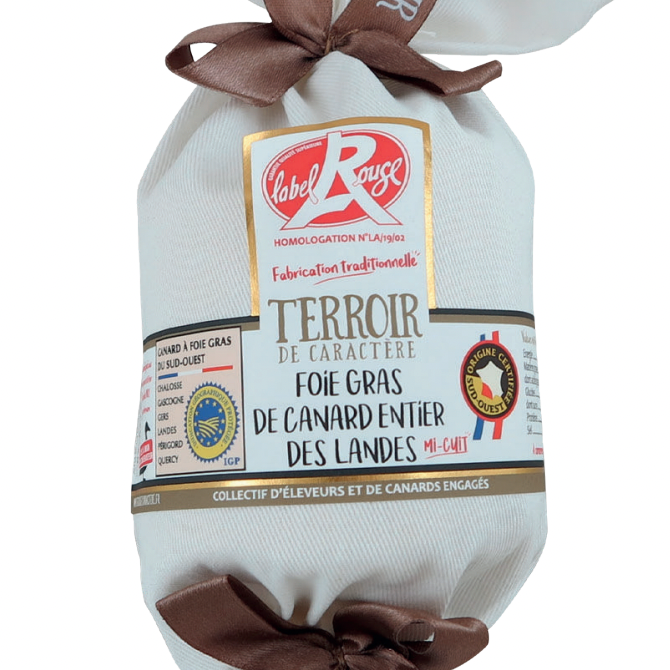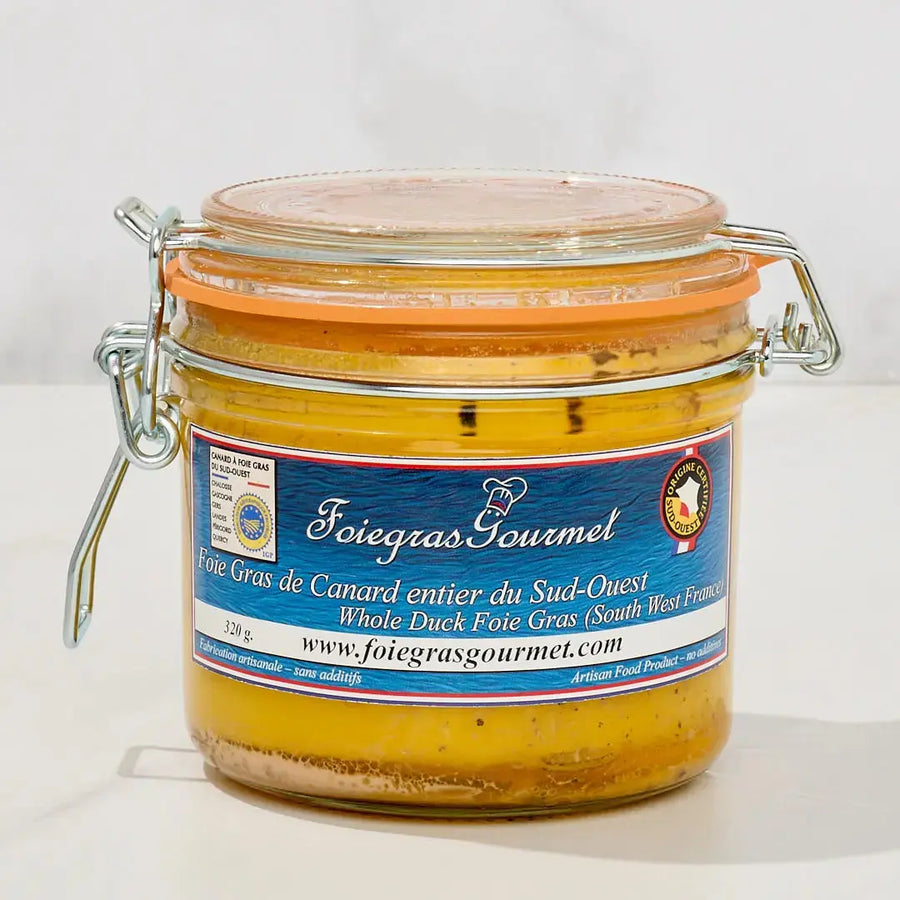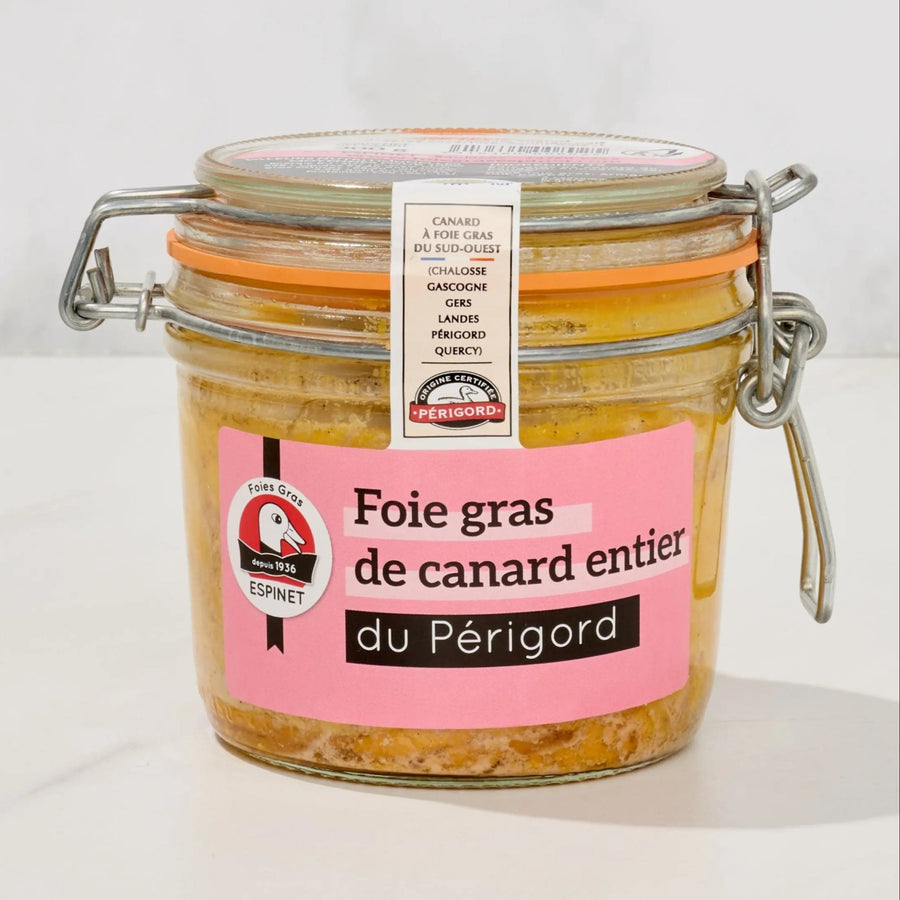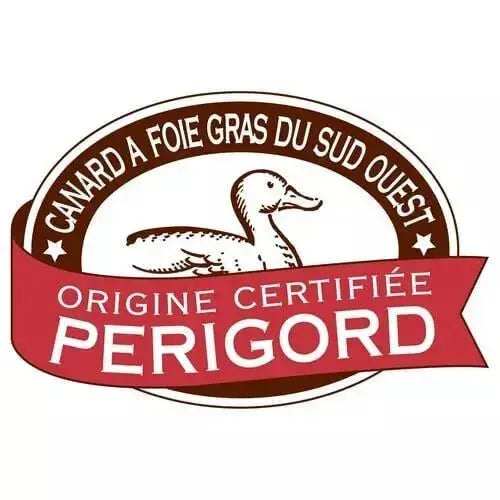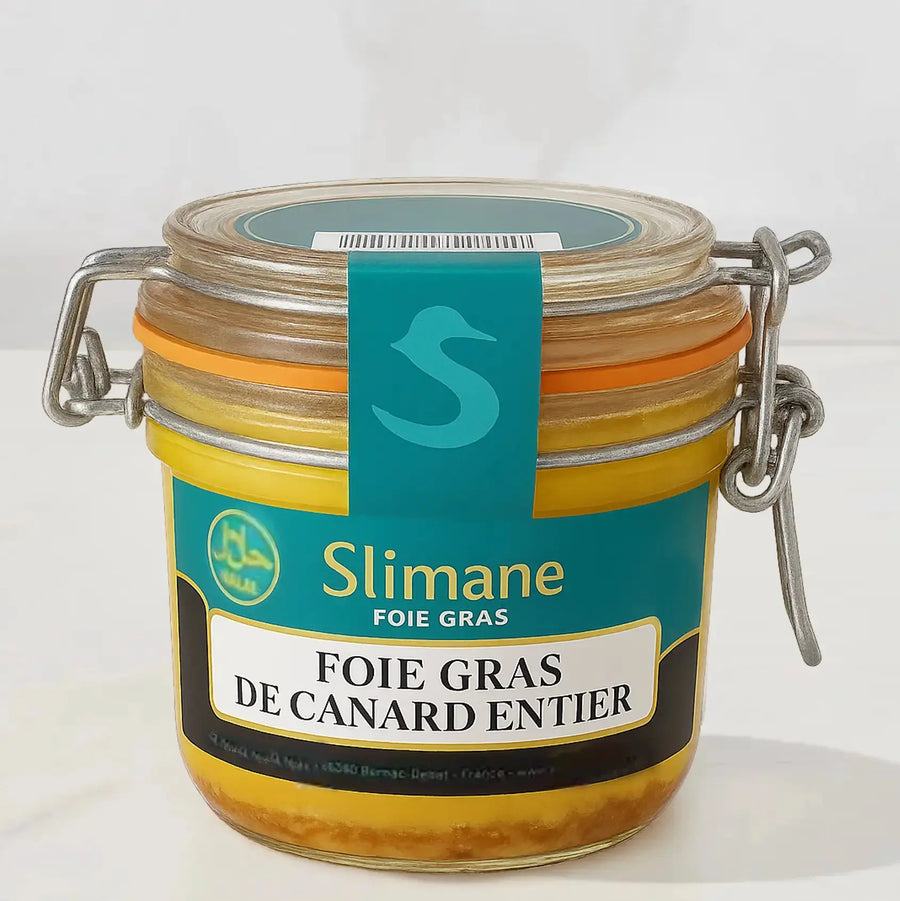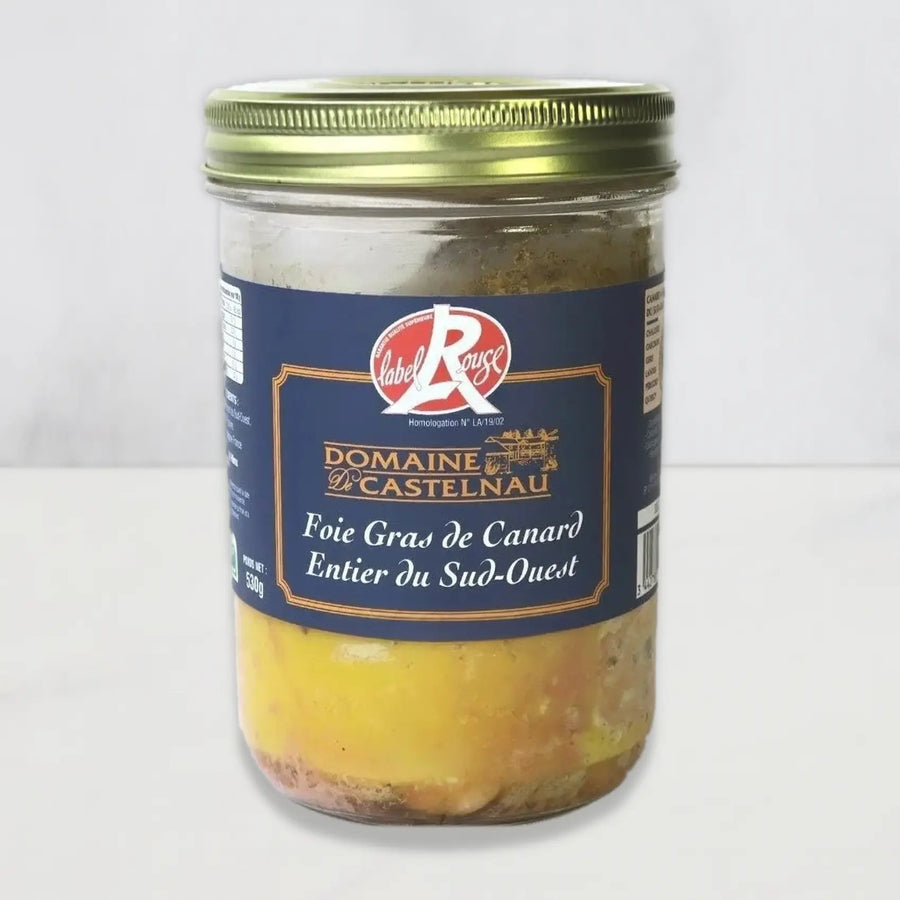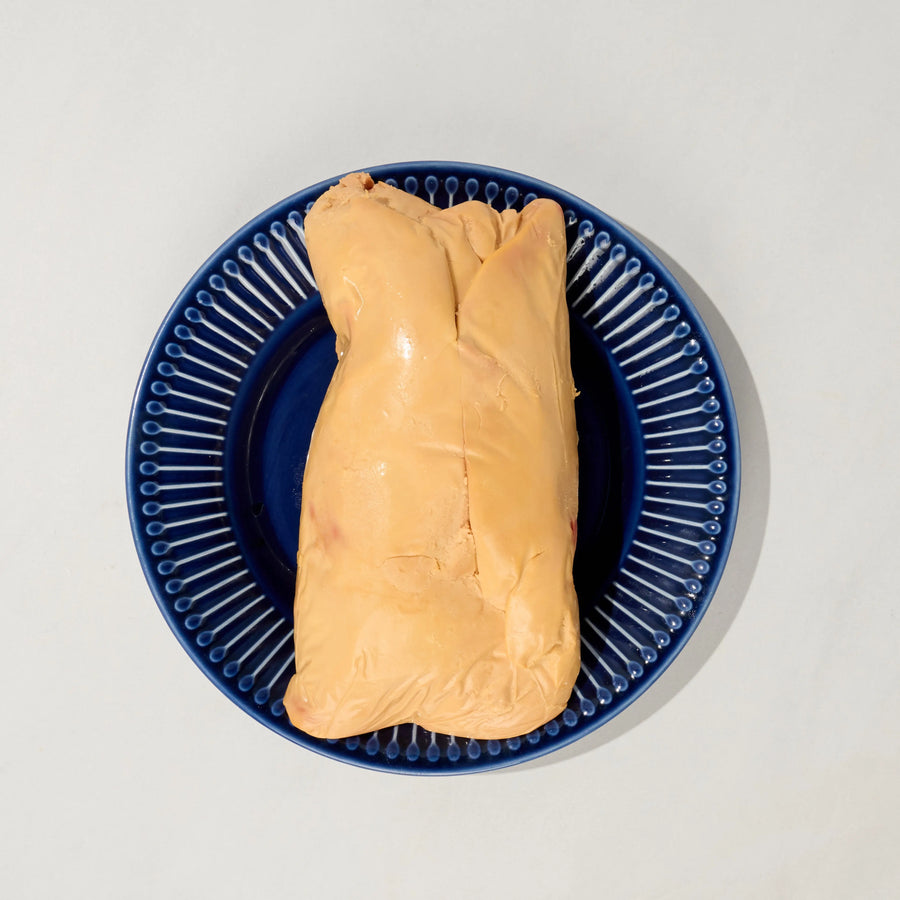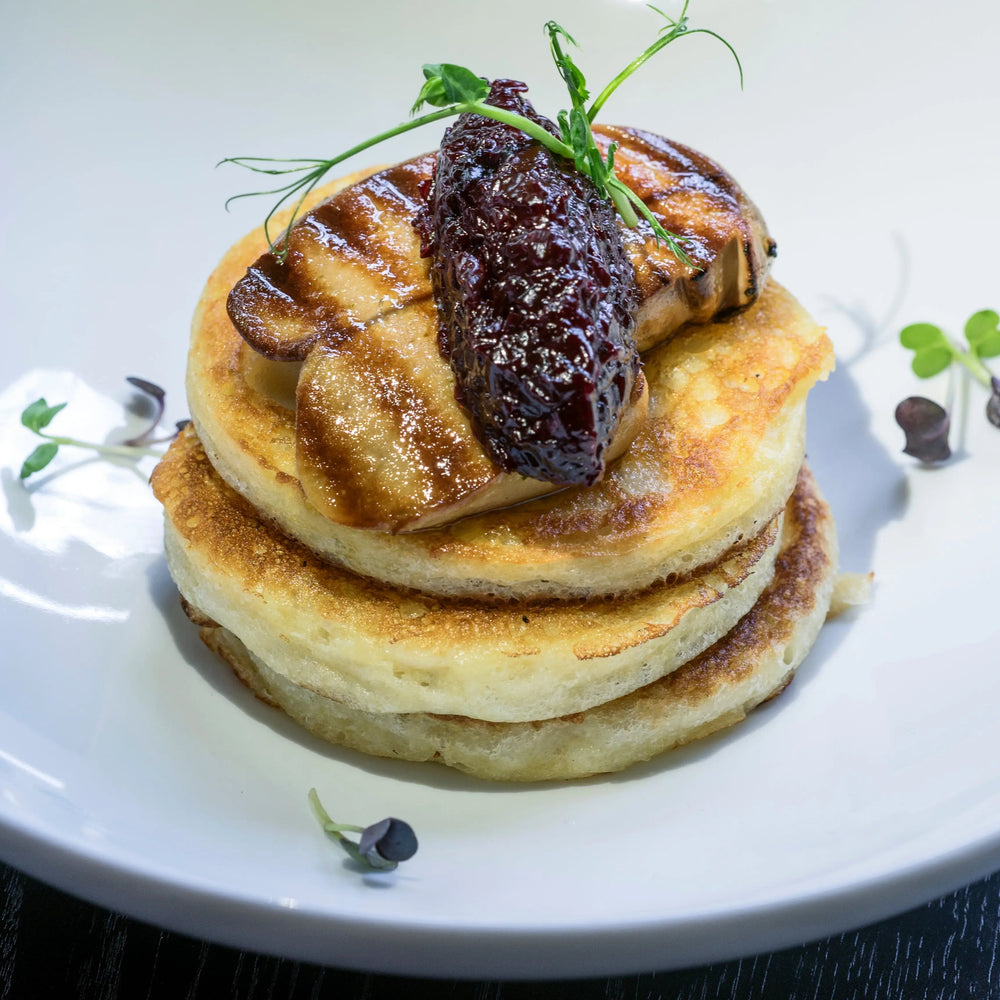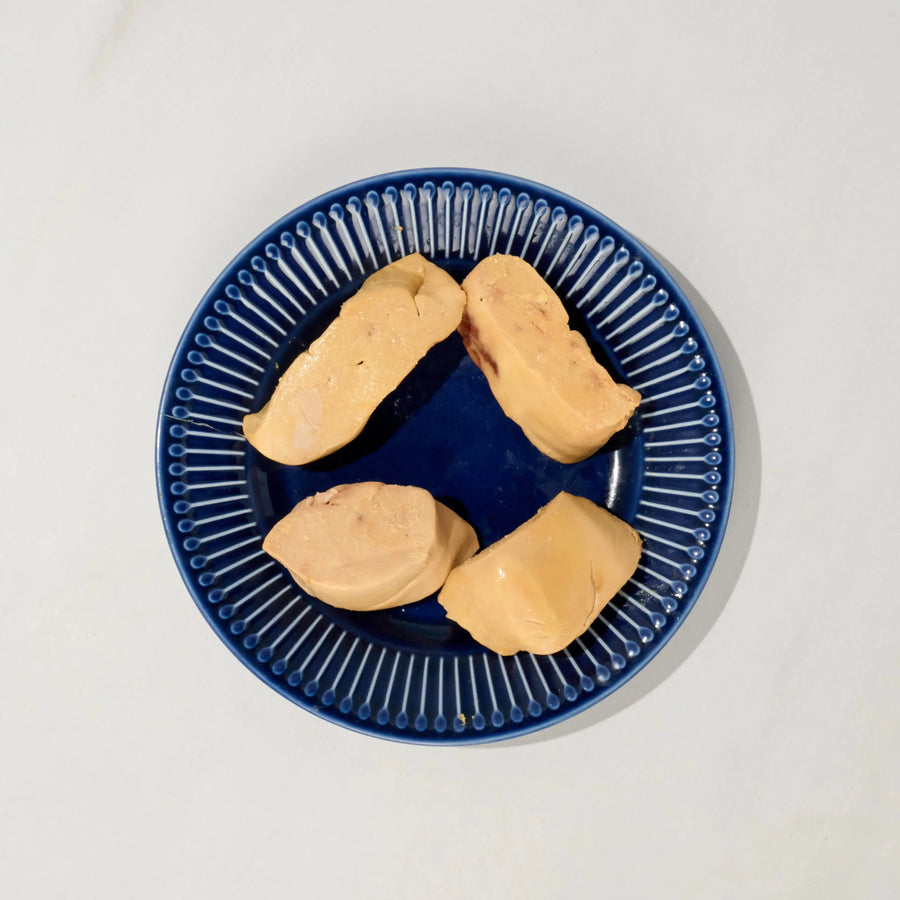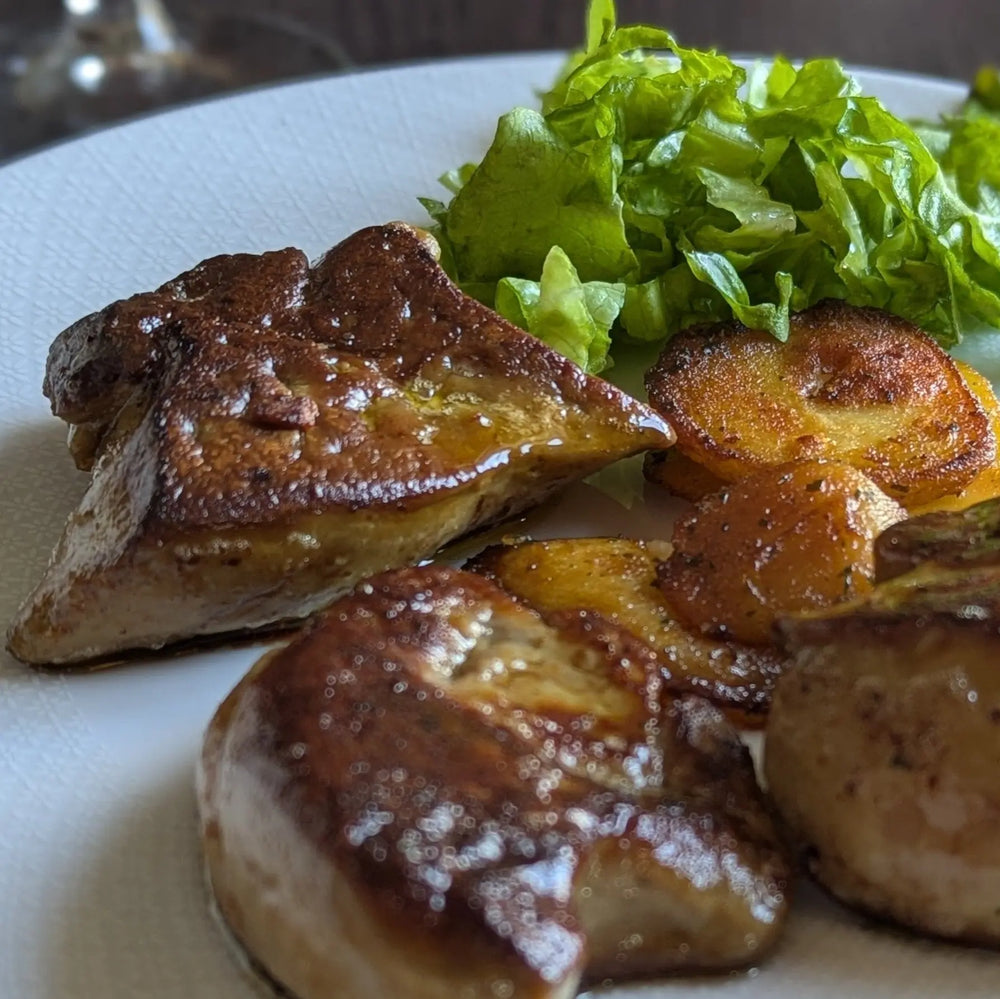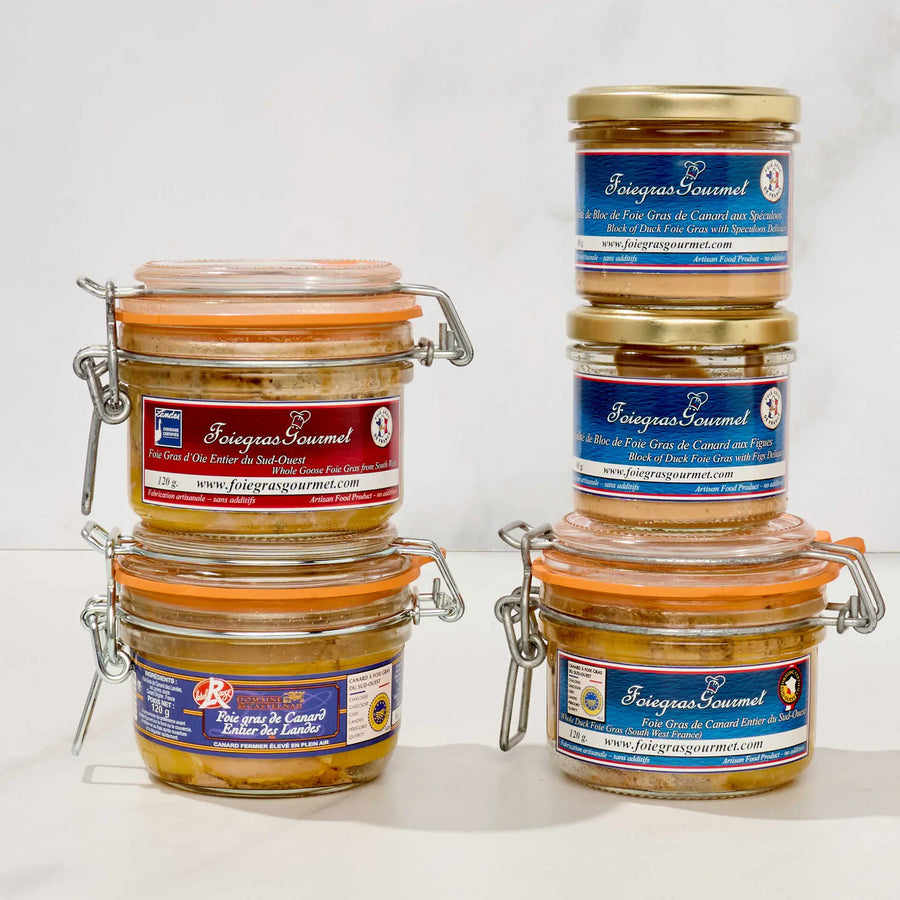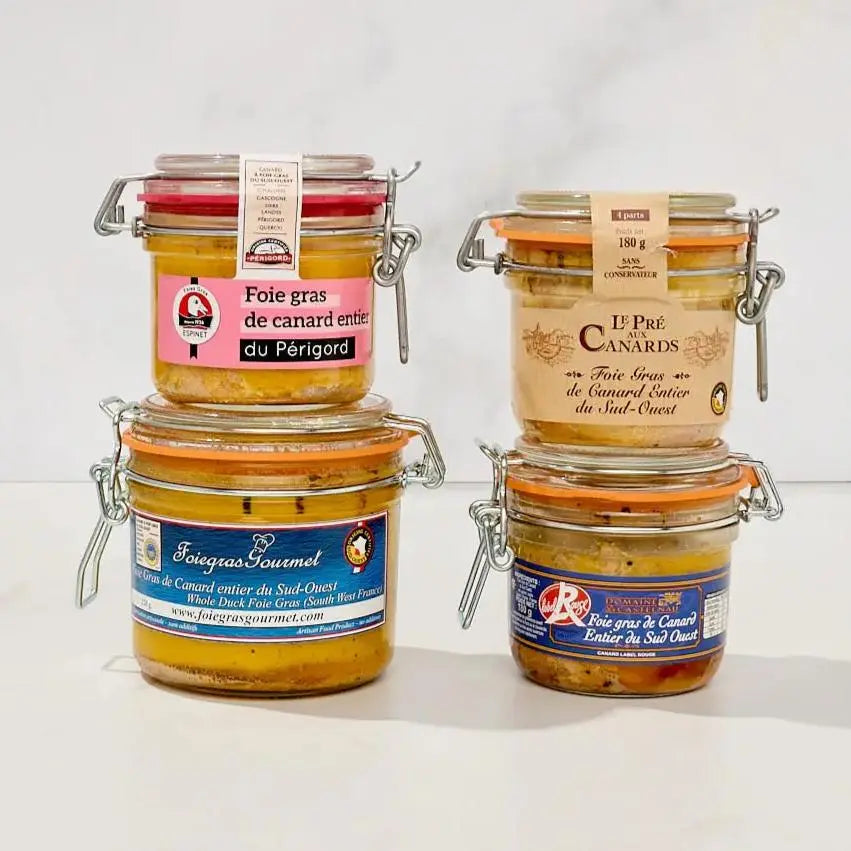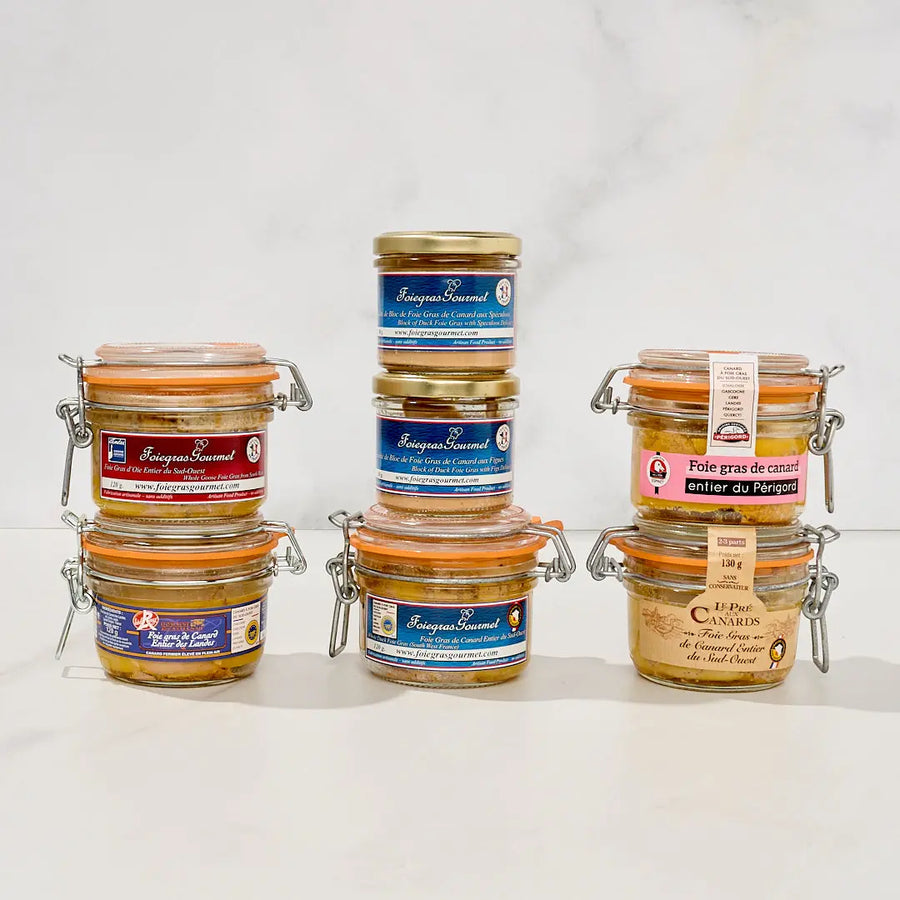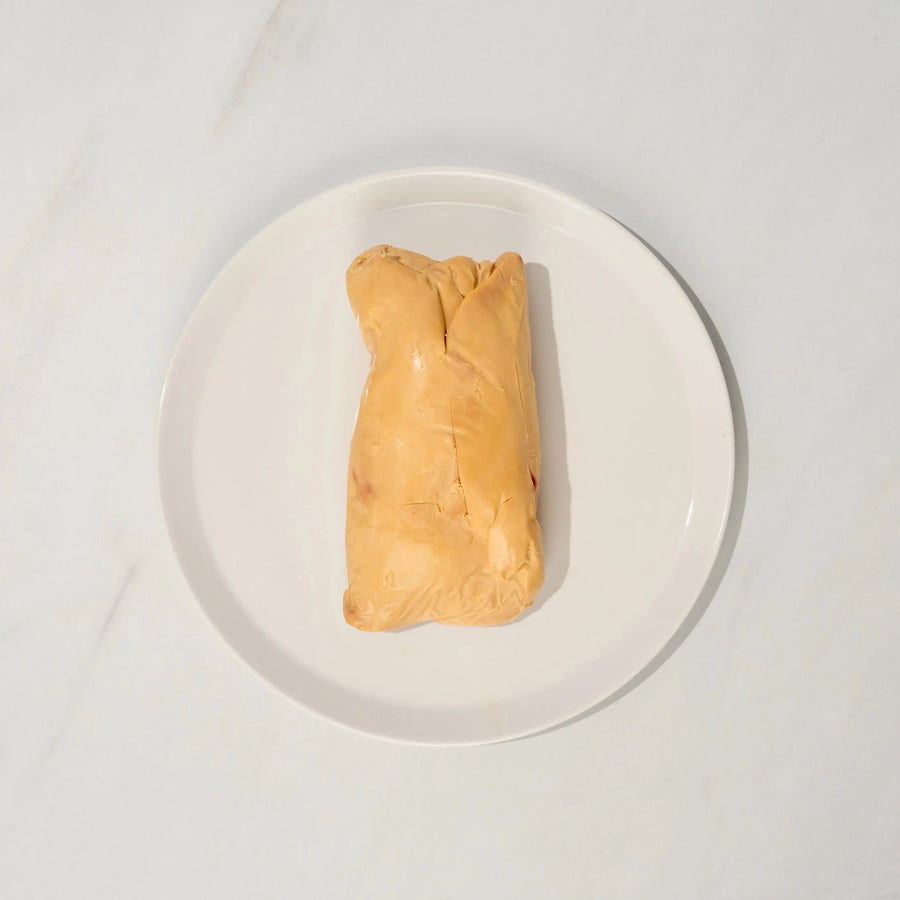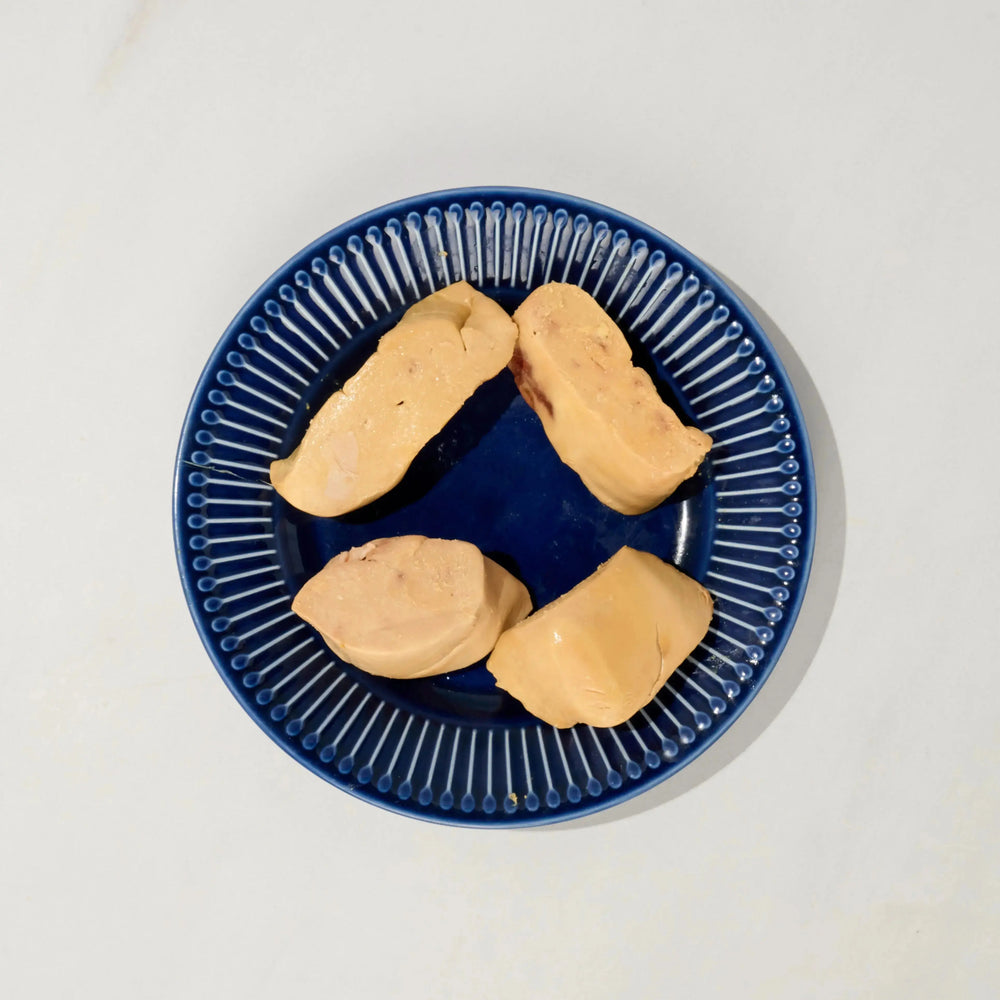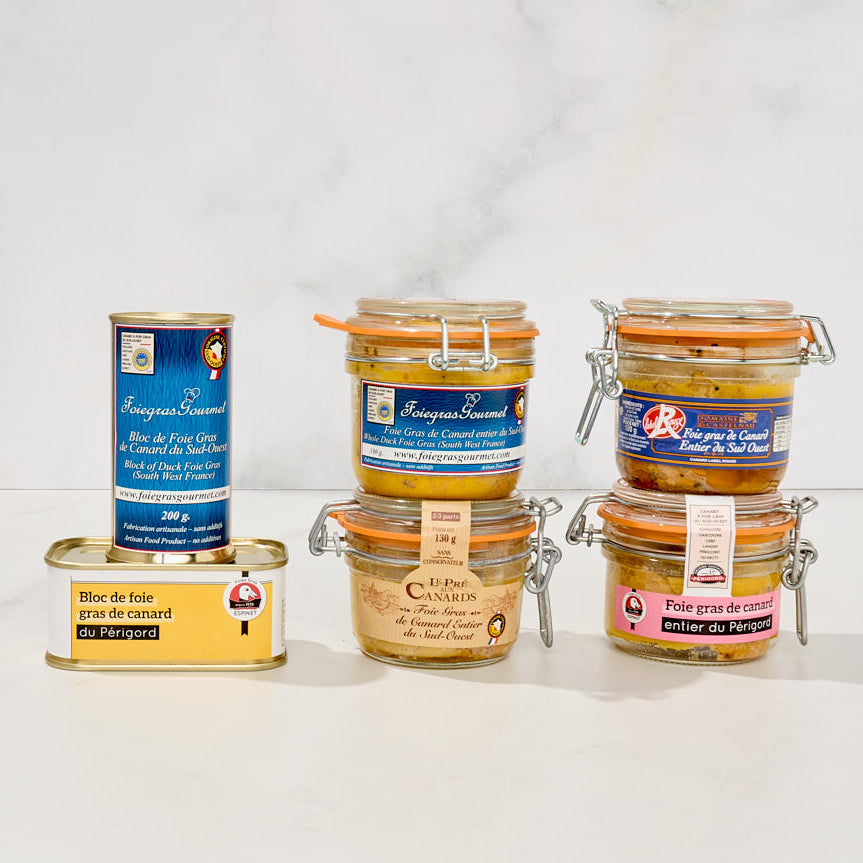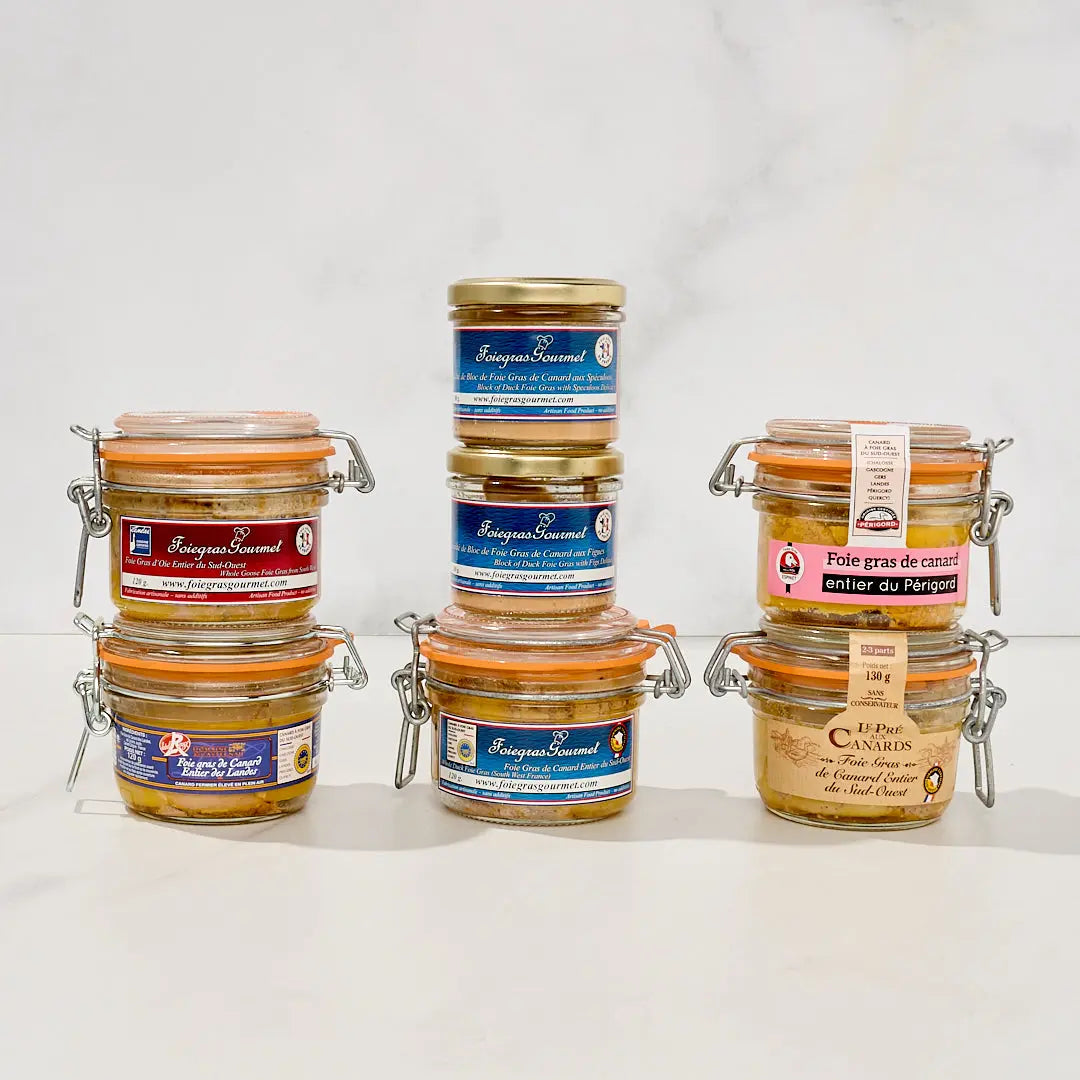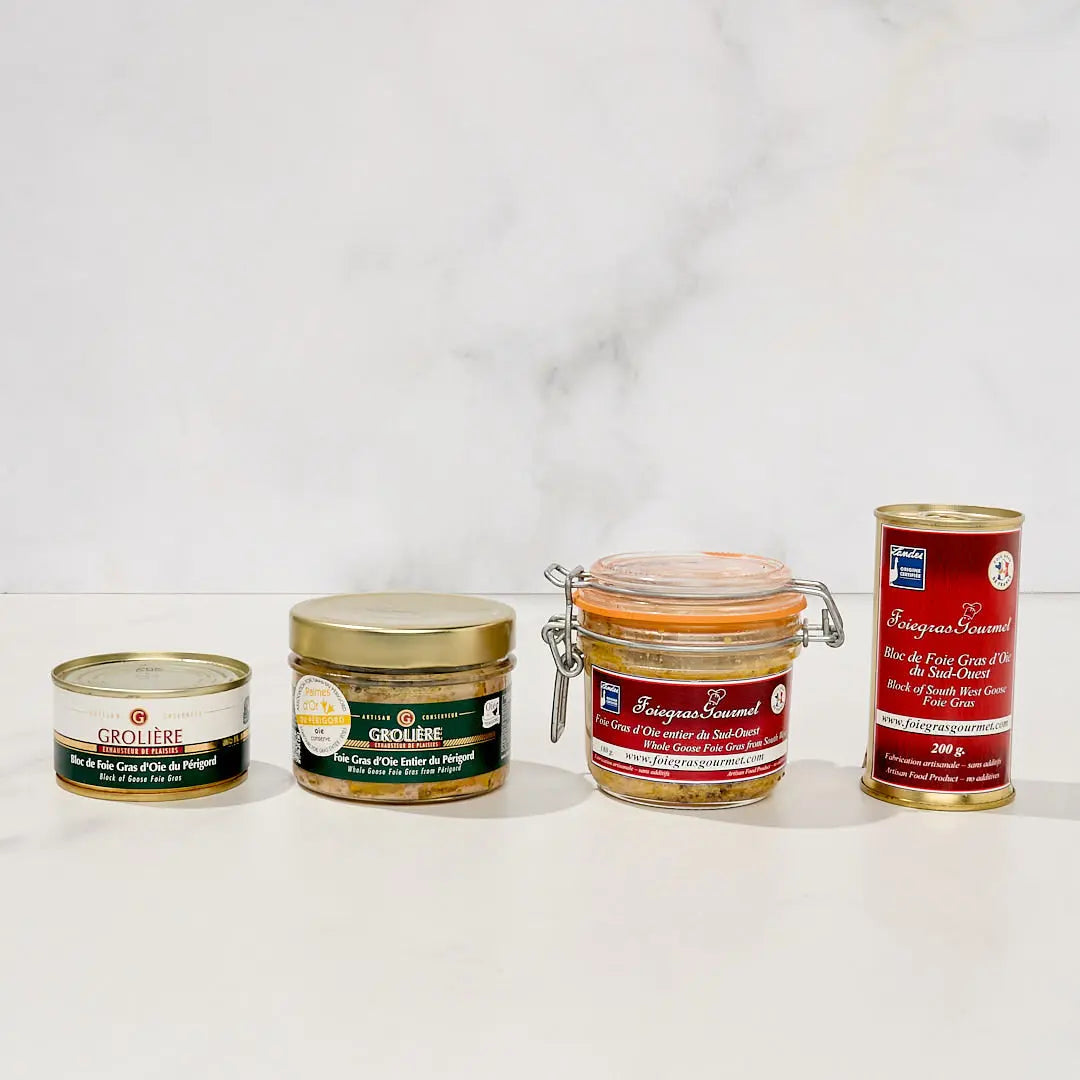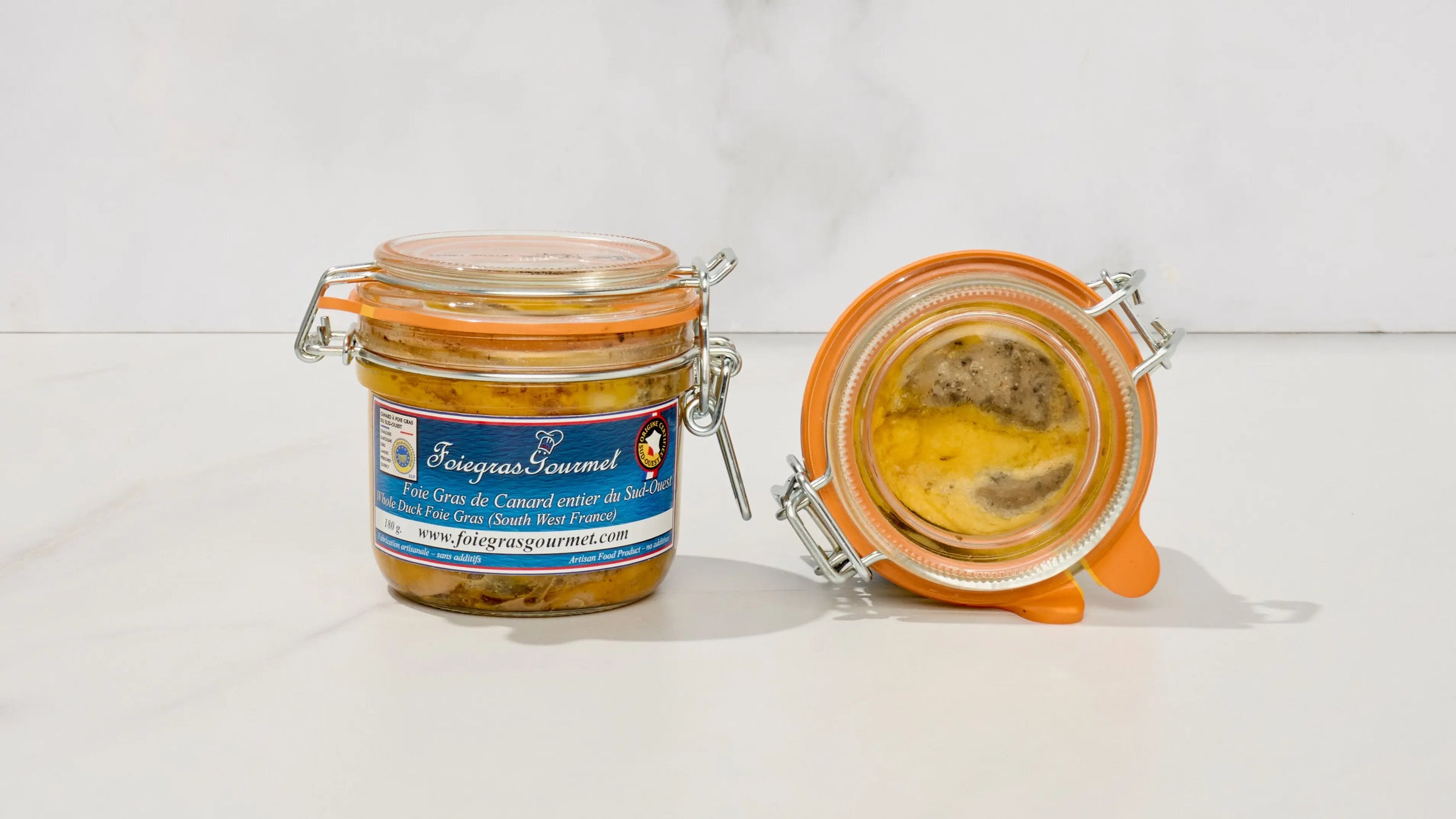
Foie gras comes from the liver of a goose or duck that has been specially fattened.
Our products all come from the South-West of France where the best foies gras are to be found! Discover new and wonderful flavors which marry well with chutneys, jams and wine.
While goose foie gras was much more popular in the last century, whole duck foie gras is now the most consumed foie gras, enjoyed for its firmer texture and its more robust flavor.
A whole foie gras is made from a single foie gras (a lobe or part of a lobe of foie gras).
When cut, it has a nice uniform color. It is simply seasoned lightly immediately prior to cooking. The limited number of seasonings permitted are strictly controlled by regulations: only salt, sugar, spices, aromatic plants, brandies, liqueurs and wines are permitted.
In short, the simpler the recipe, the better the foie gras!
Foie gras can be truffled with black Perigord truffle (also known as "caviar” or “black diamond") to create another of France’s specialties. Fine strips are mixed with the foie gras in the ultimate prestige recipe to delight the palate with its rare and unforgettable aroma.
Whole duck foie gras in a can.
When sterilized at around 110°C and sealed in a jar or metal can, foie gras can be stored for several years in a cool, dry place (10 to 15 °C). Its texture is firmer than that of semi-cooked duck, but the taste becomes more refined over time and the texture becomes smoother in 6 months to 1 year. Its use-by date corresponds to an optimal aging time of 4 years.
The PGI (Protected Geographical Indication) duck foie gras from the South-West guarantees that the animals (ducks or geese) have been raised, slaughtered and processed in the region. It obliges producers to respect a set of specifications (slaughter at at least 3 months, force-feeding with corn produced in the South-West, etc.).
The label rouge foie gras specification from the Landes is more demanding. The rearing period of at least 91 days is followed by 14 days of force-feeding exclusively with grain corn and not with slurry. But the production remains private (less than 5% of the total PGI) because of the higher production cost.
Alongside truffles and caviar, duck foie gras is an essential element of prestigious French gourmet meals. Delicately sliced foie gras served on bread or in a salad, with a glass of wine, represents for many French people the perfect starter and the best food choice for begining a meal, whether formal or even in a French meal box as part of a picnic treat!
In France, we rarely use a "grade" (from A, the best quality, to C, a more standard quality) to indicate the quality of a foie gras. However, it is the lower quality foie gras which is used in the production of products sold as foie gras pâté or foie gras mousses.
At Espinet, Castelnau or Pré aux Canards, only the best quality foie gras is used to produce a whole foie gras or a block of foie gras. The process is the same for the Foie Gras Gourmet brand.




